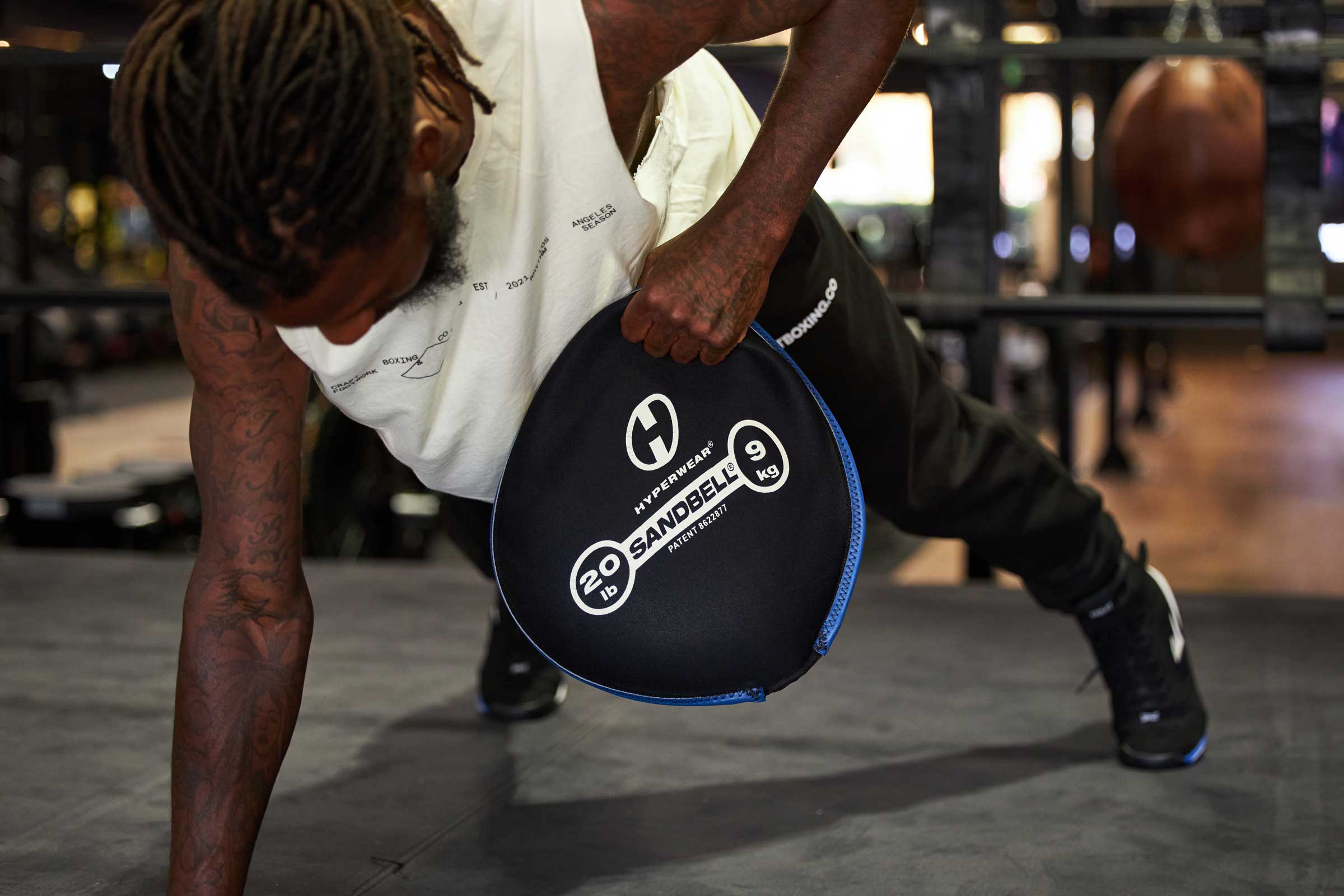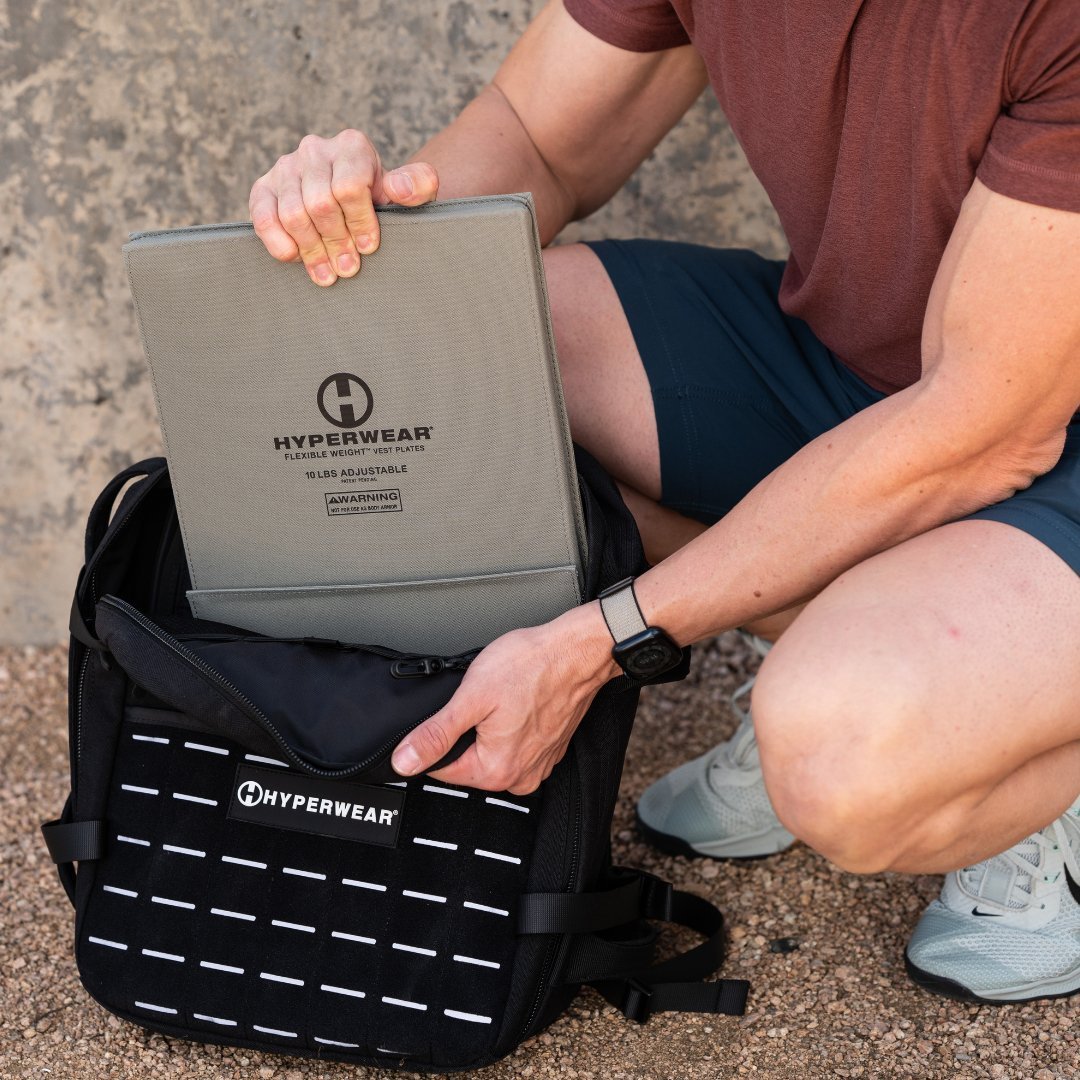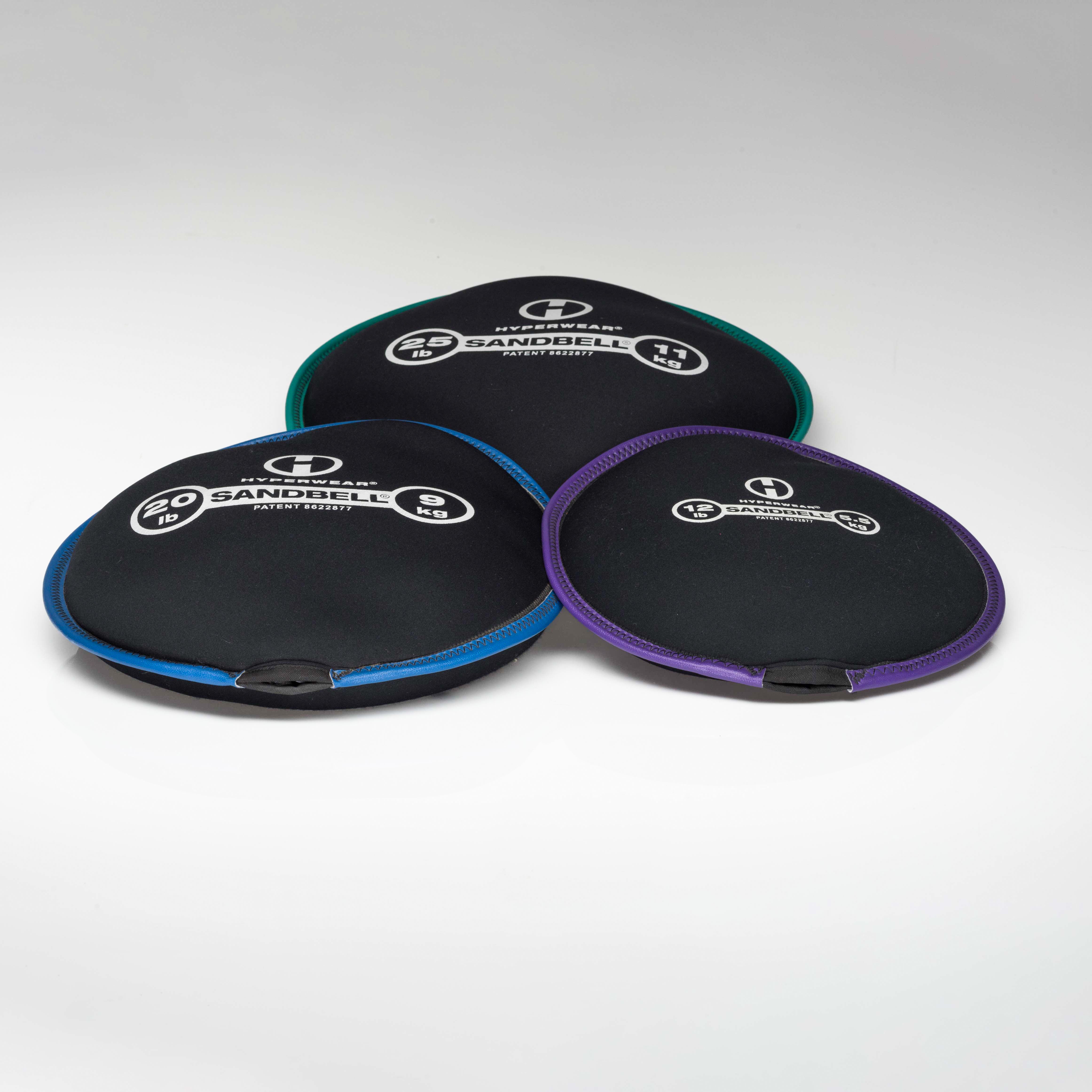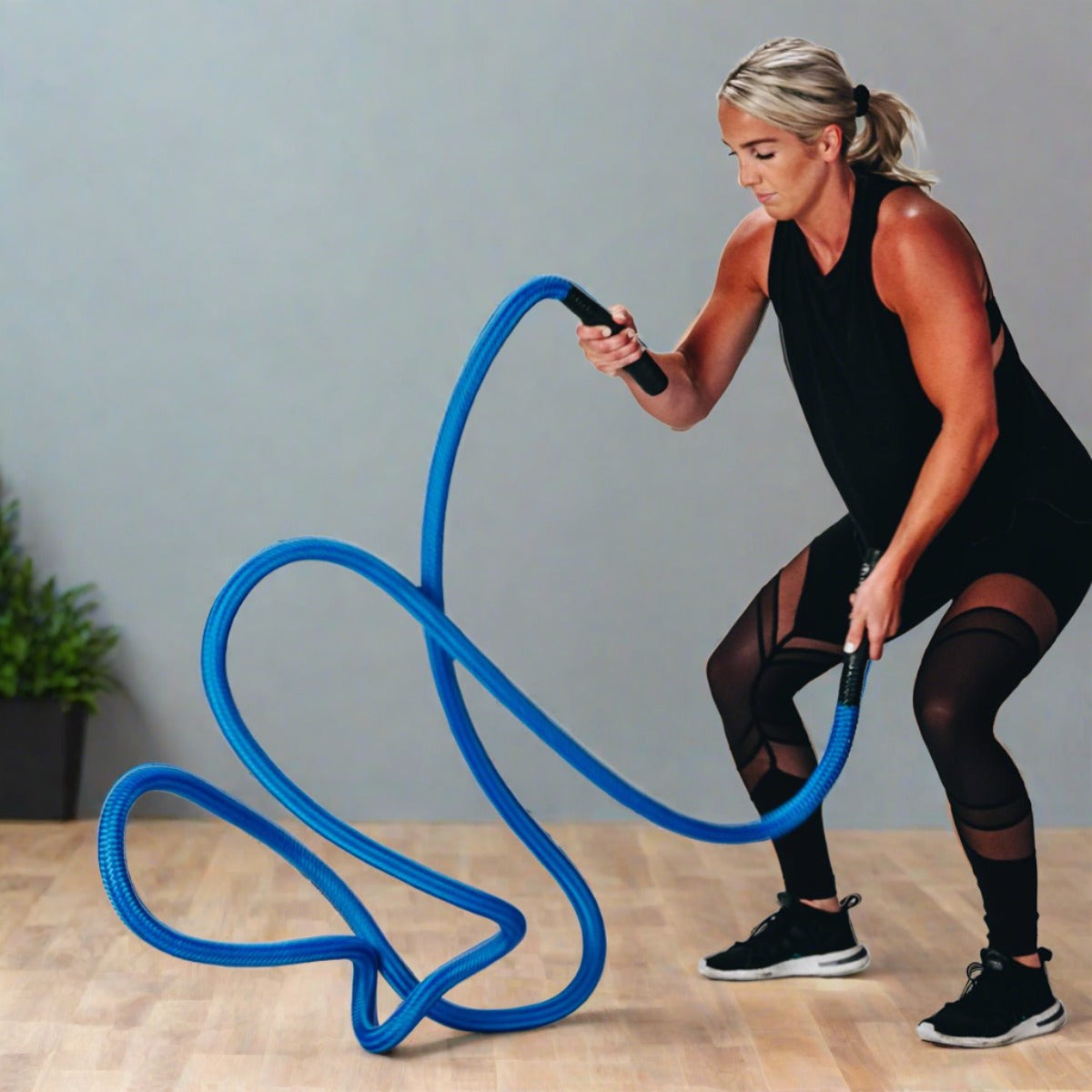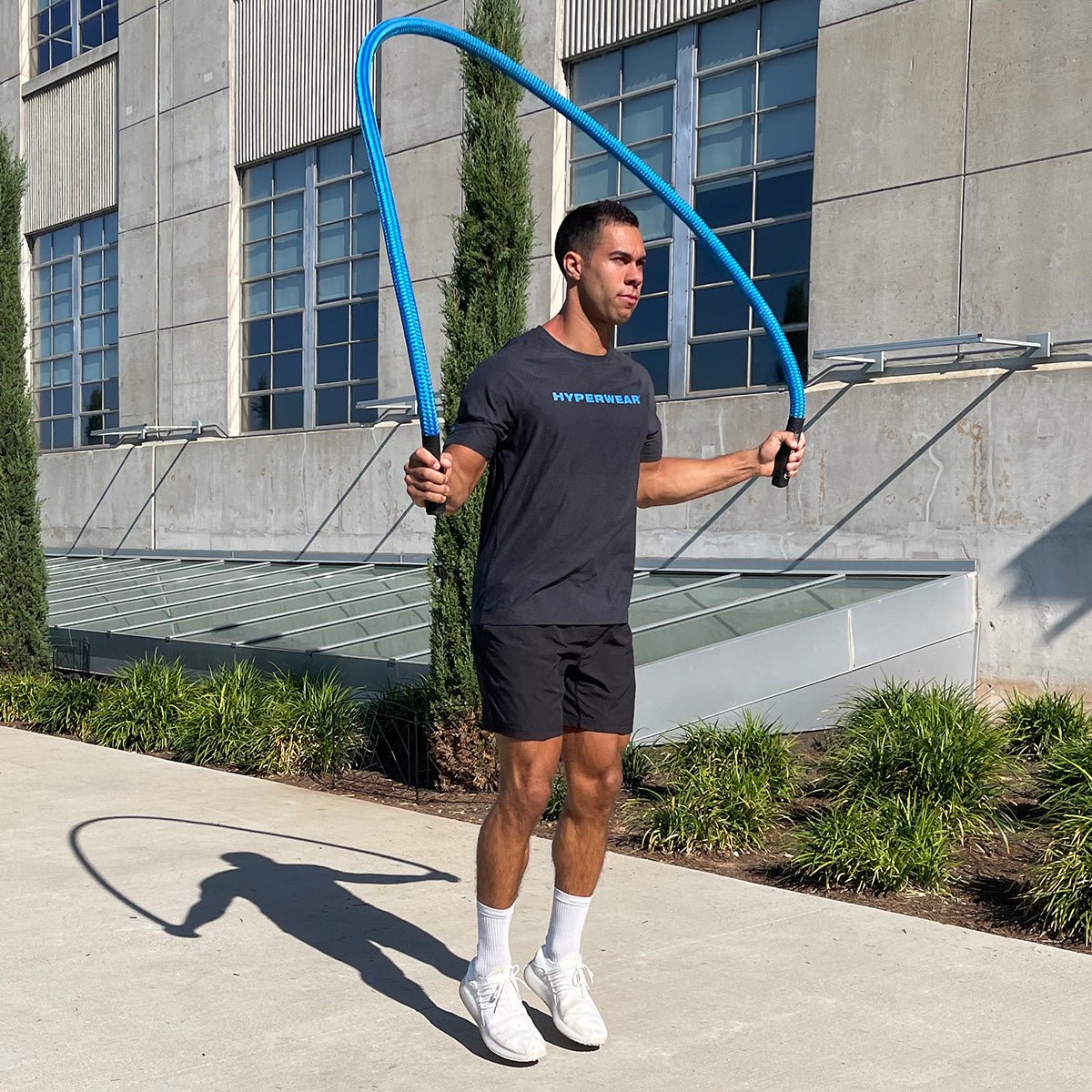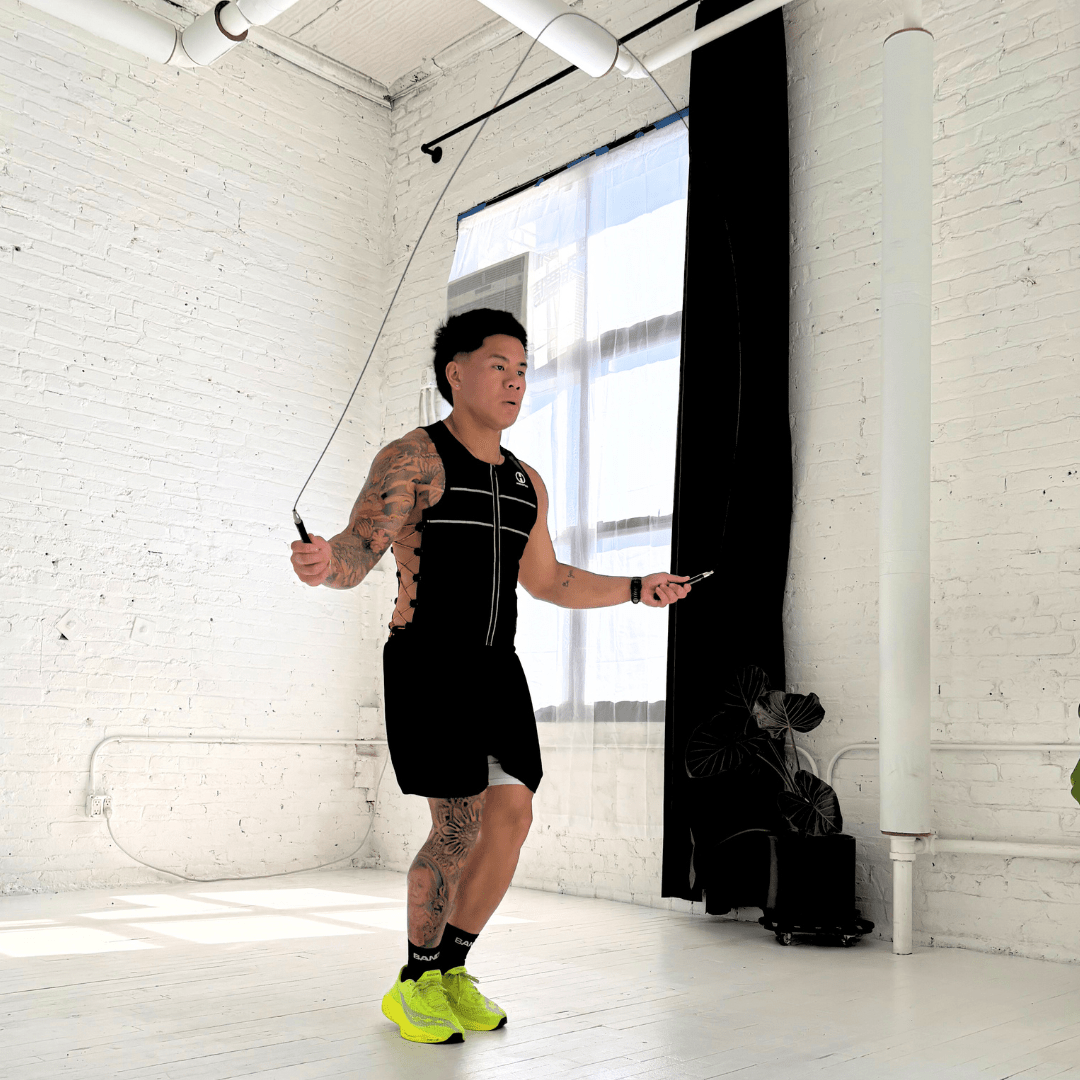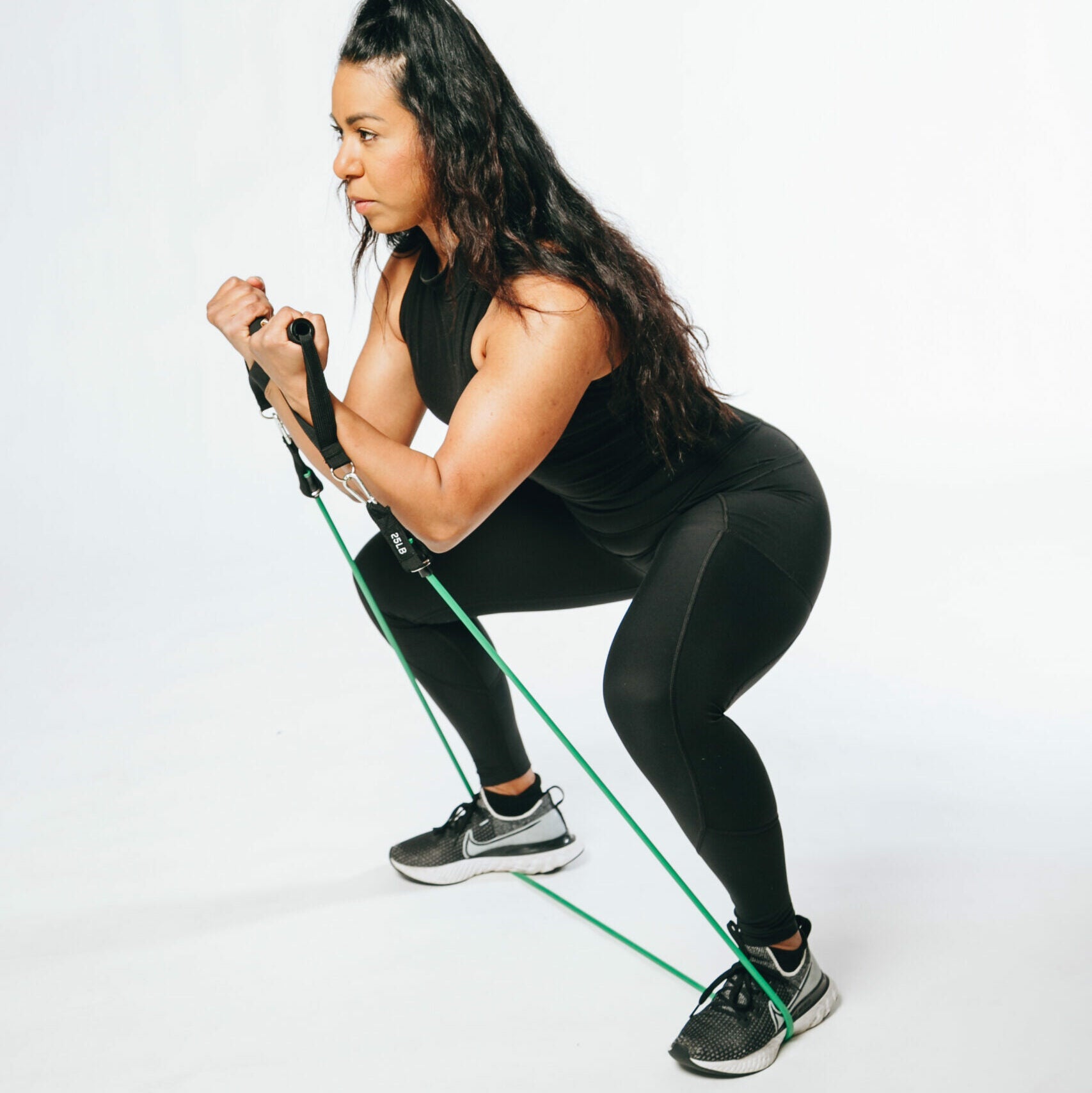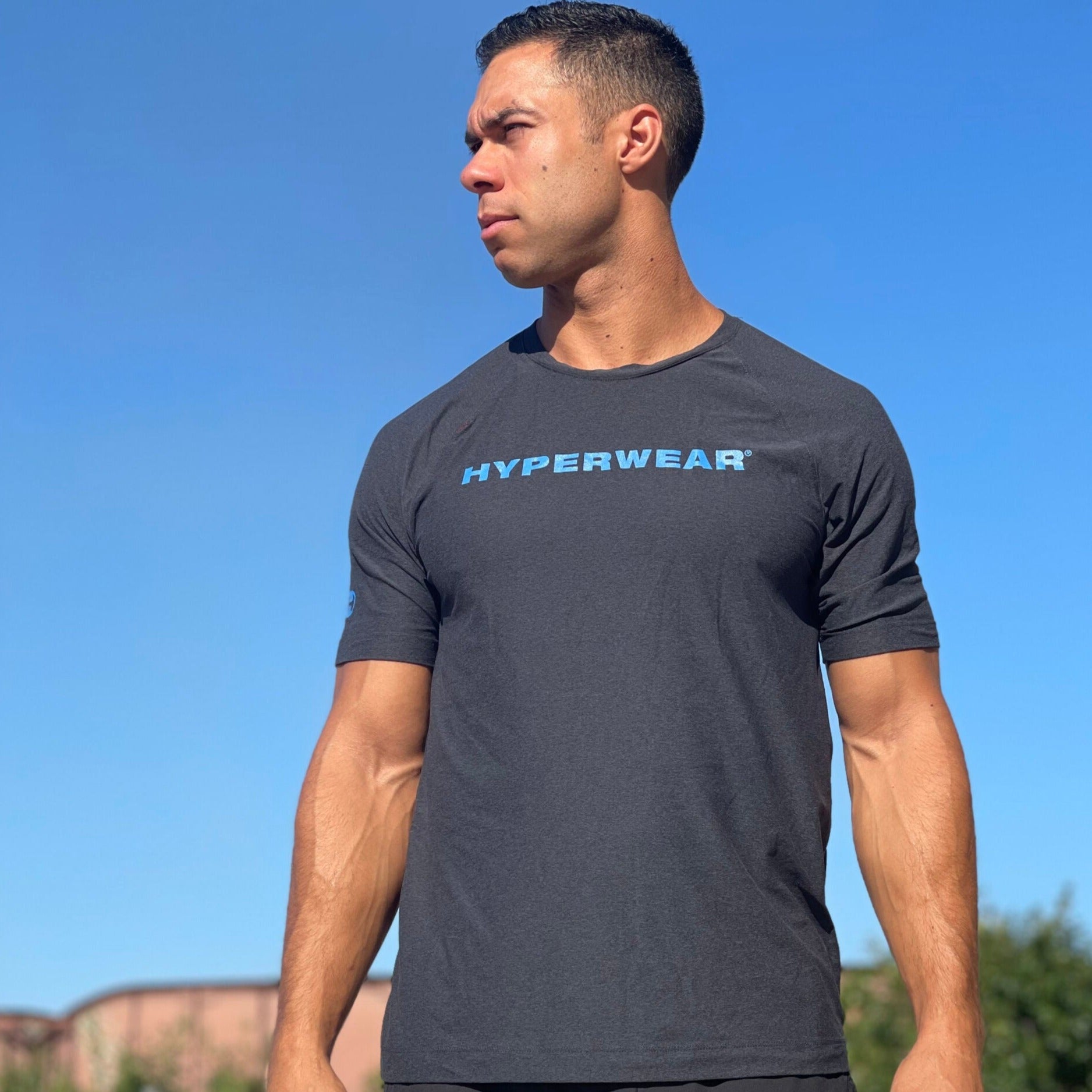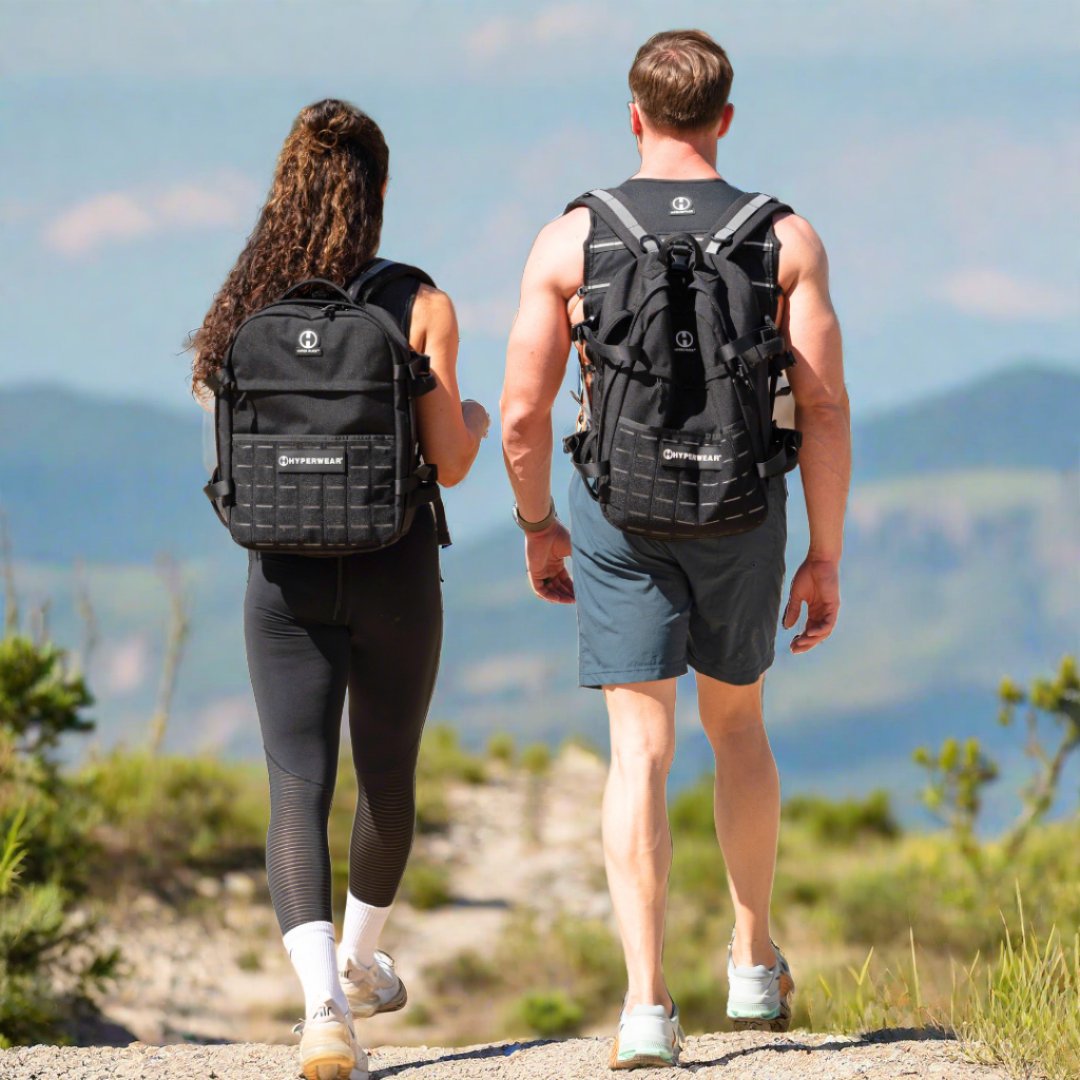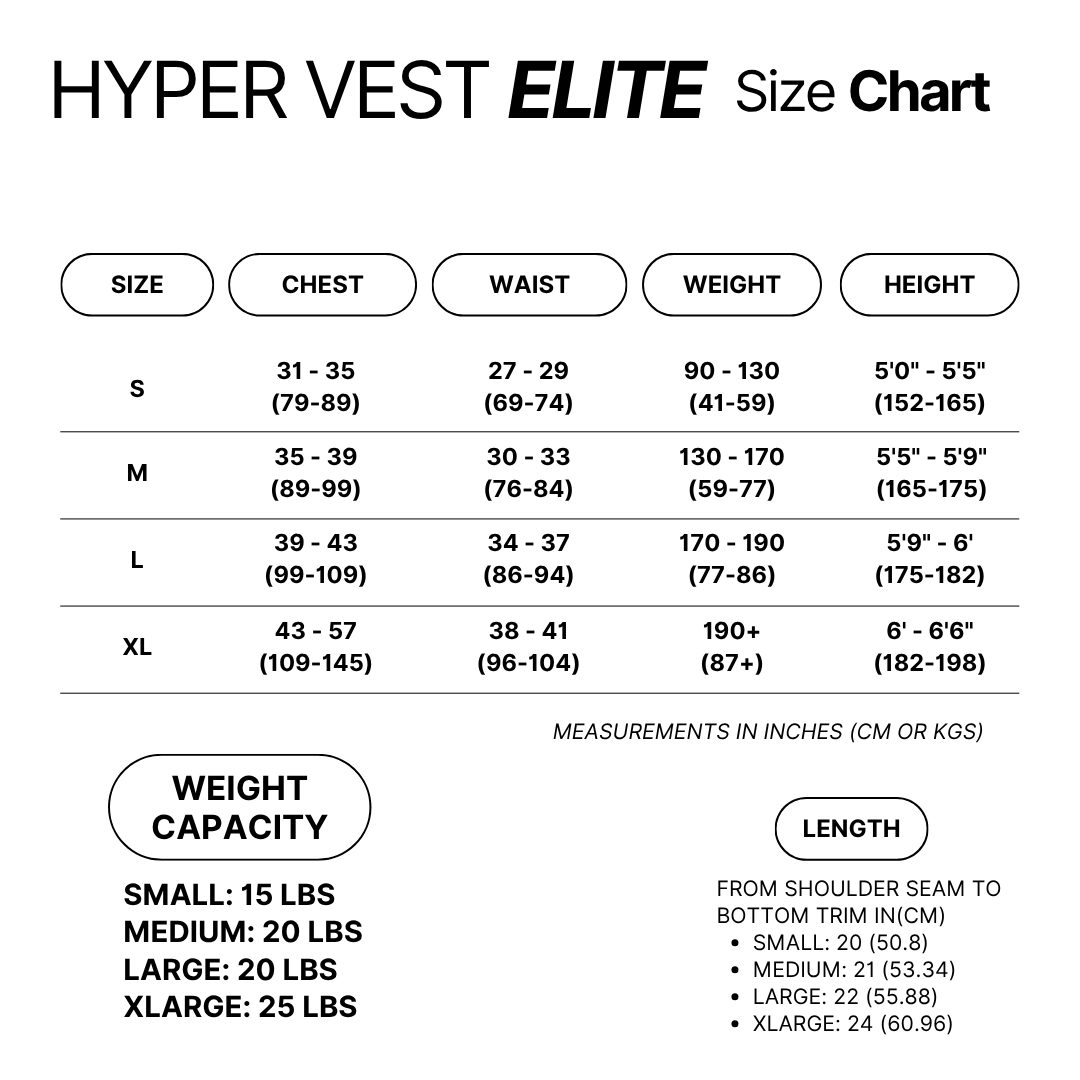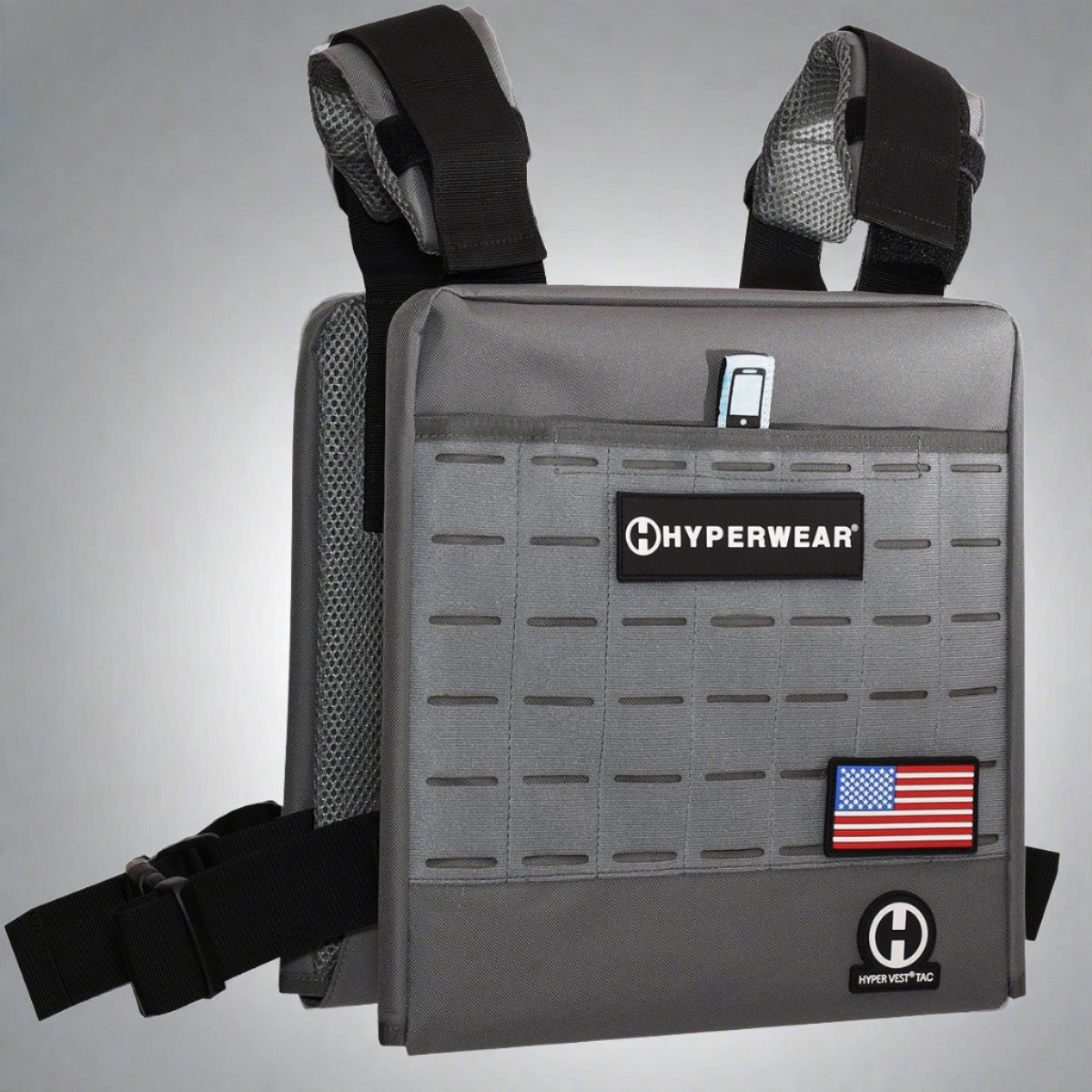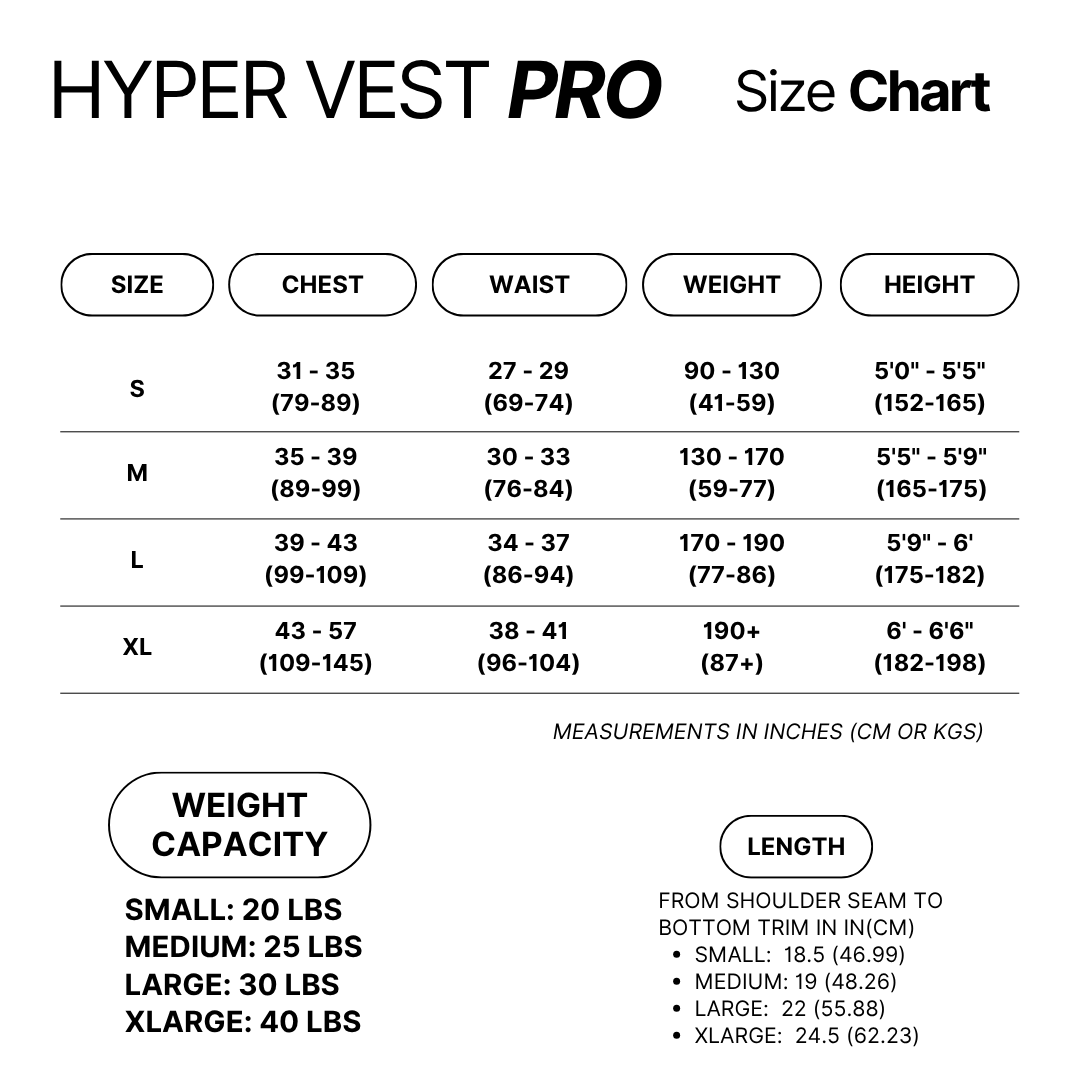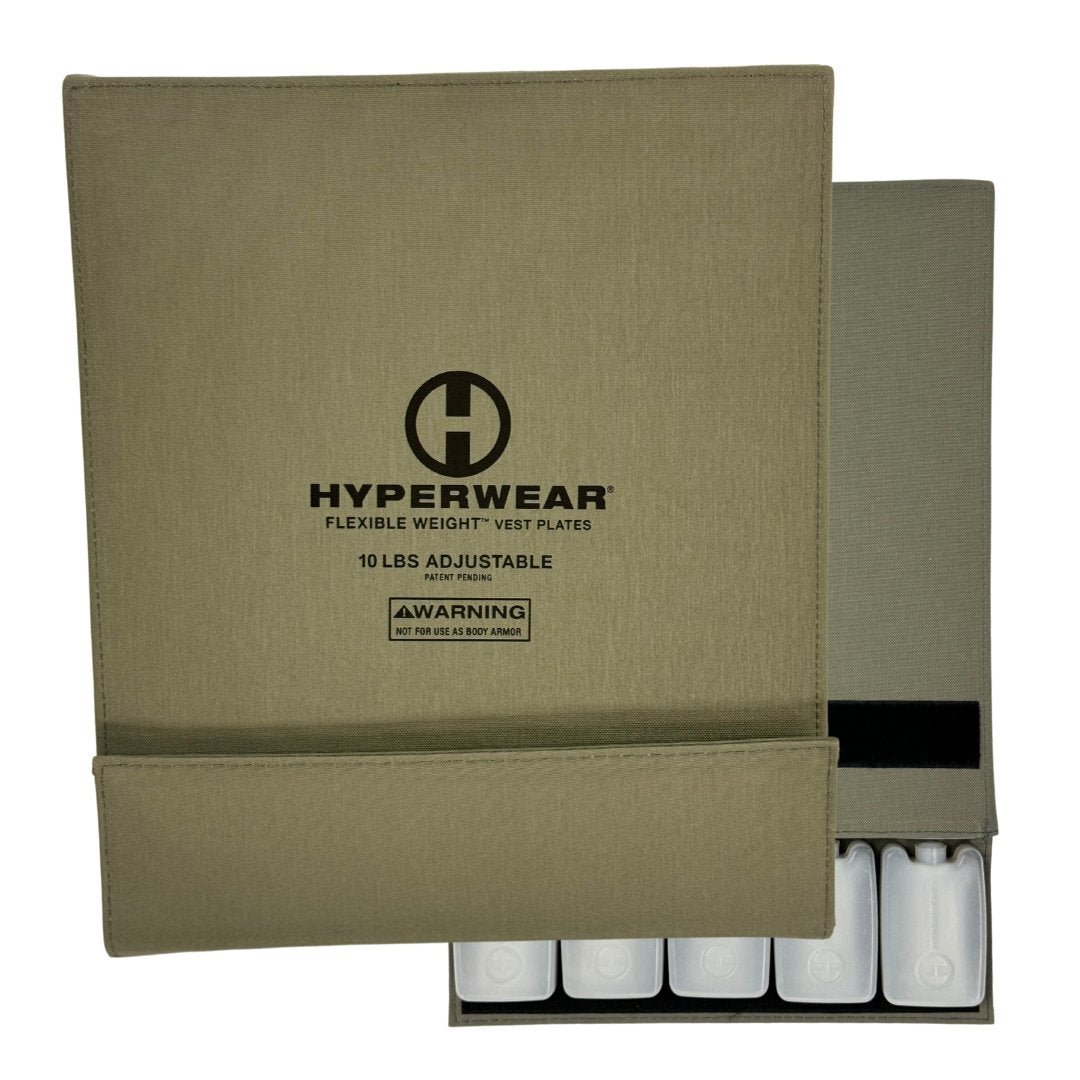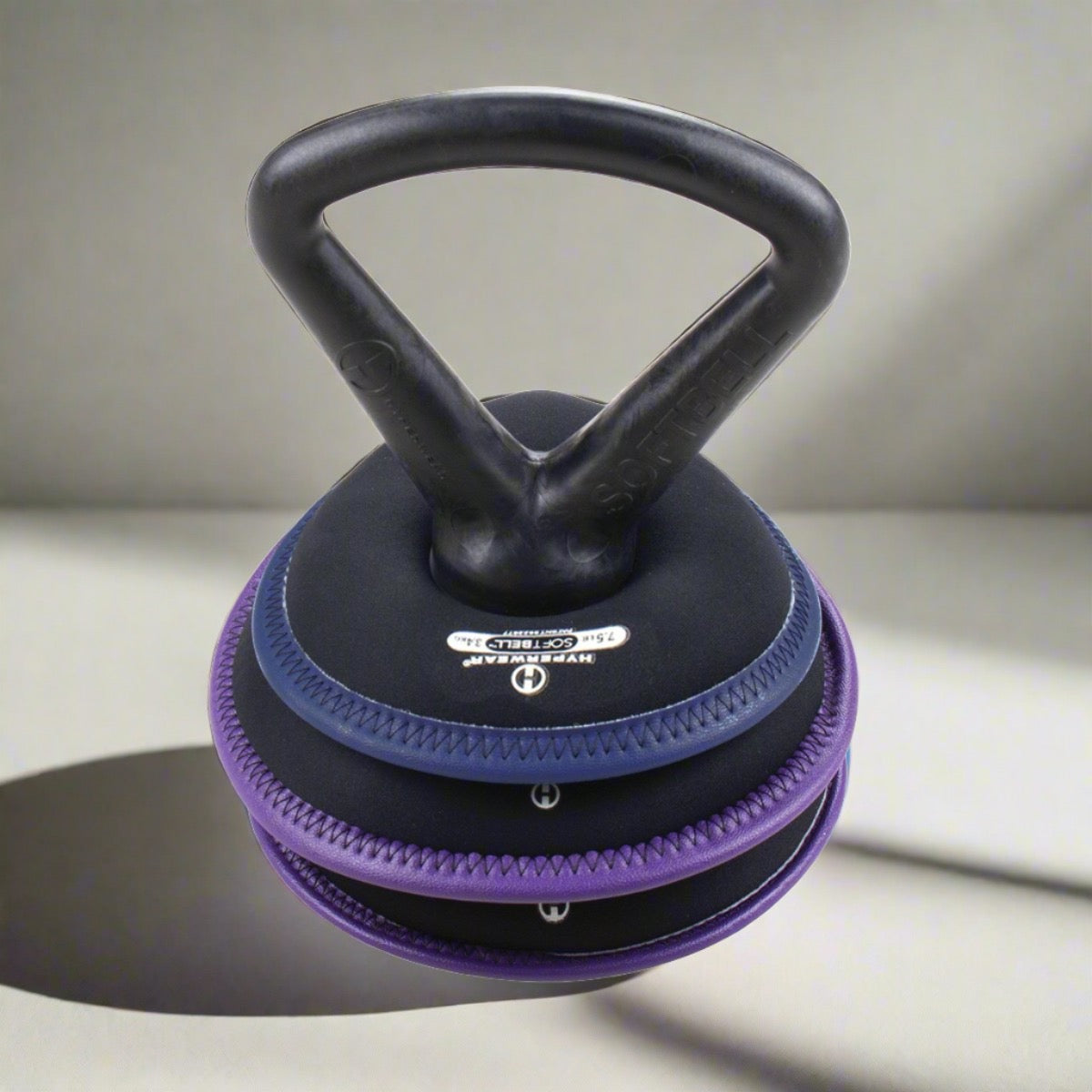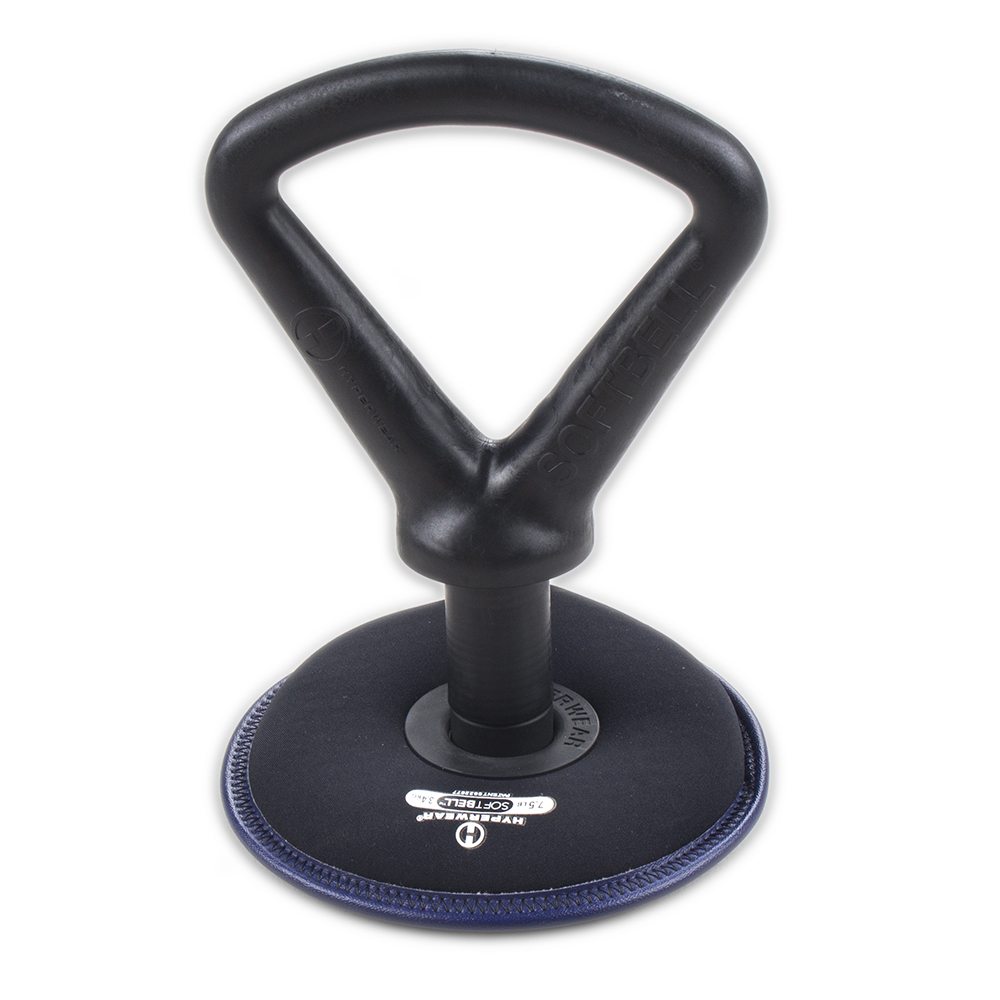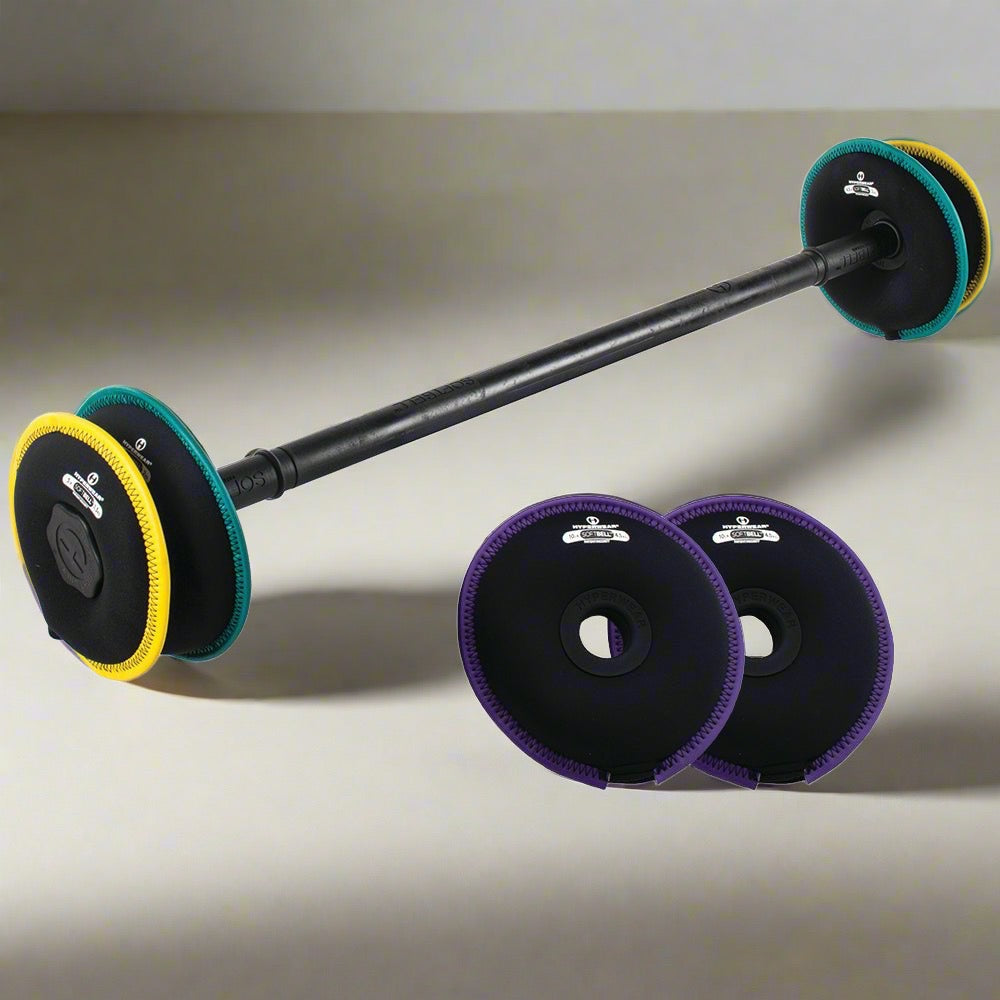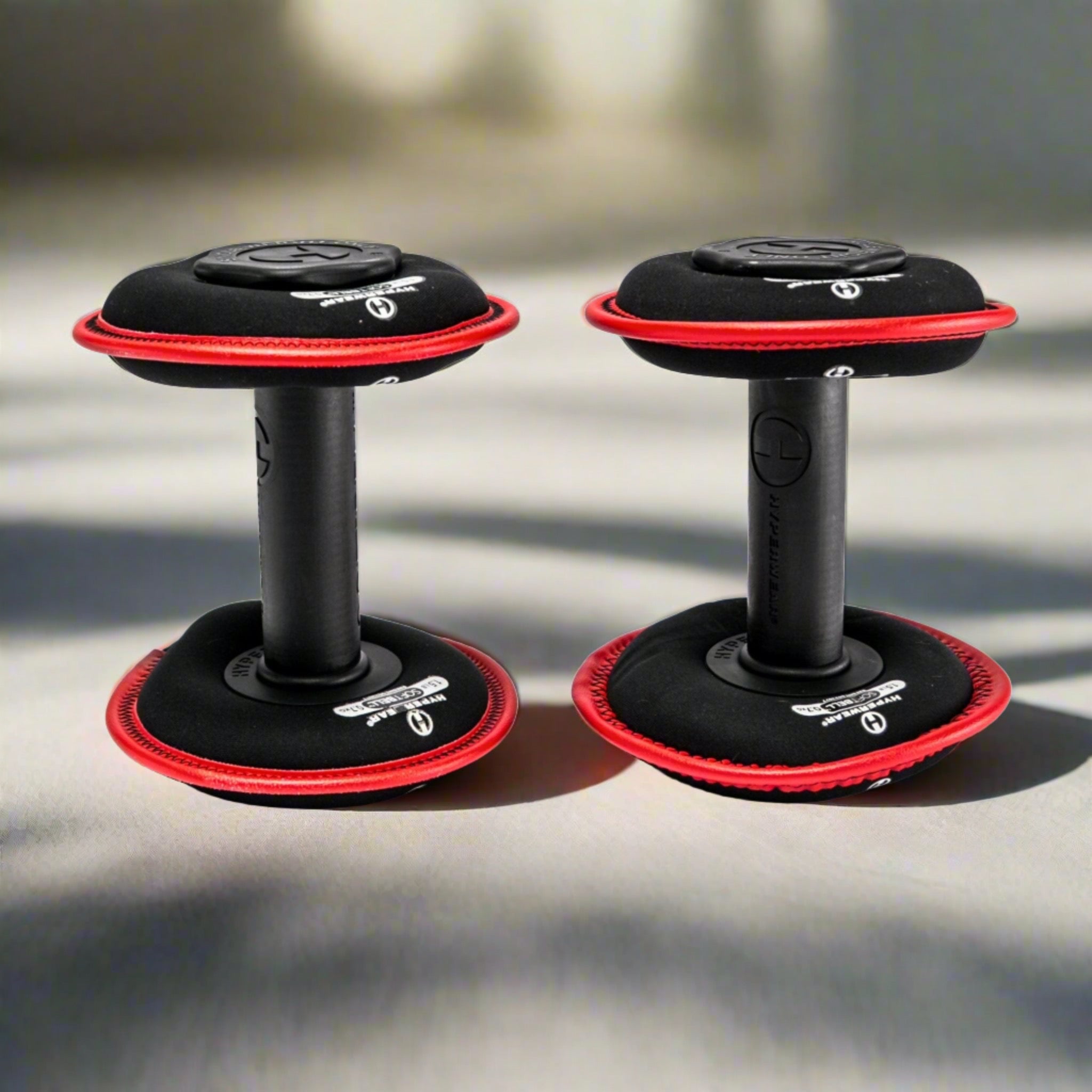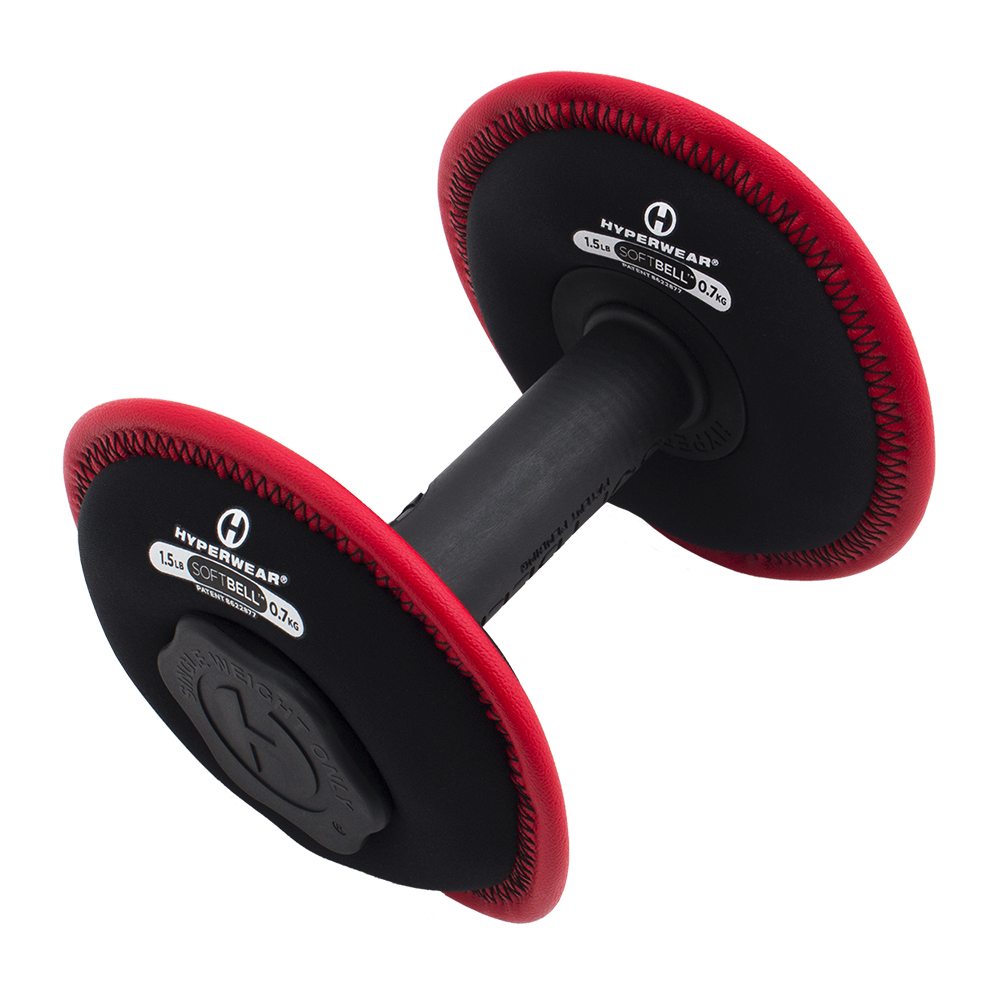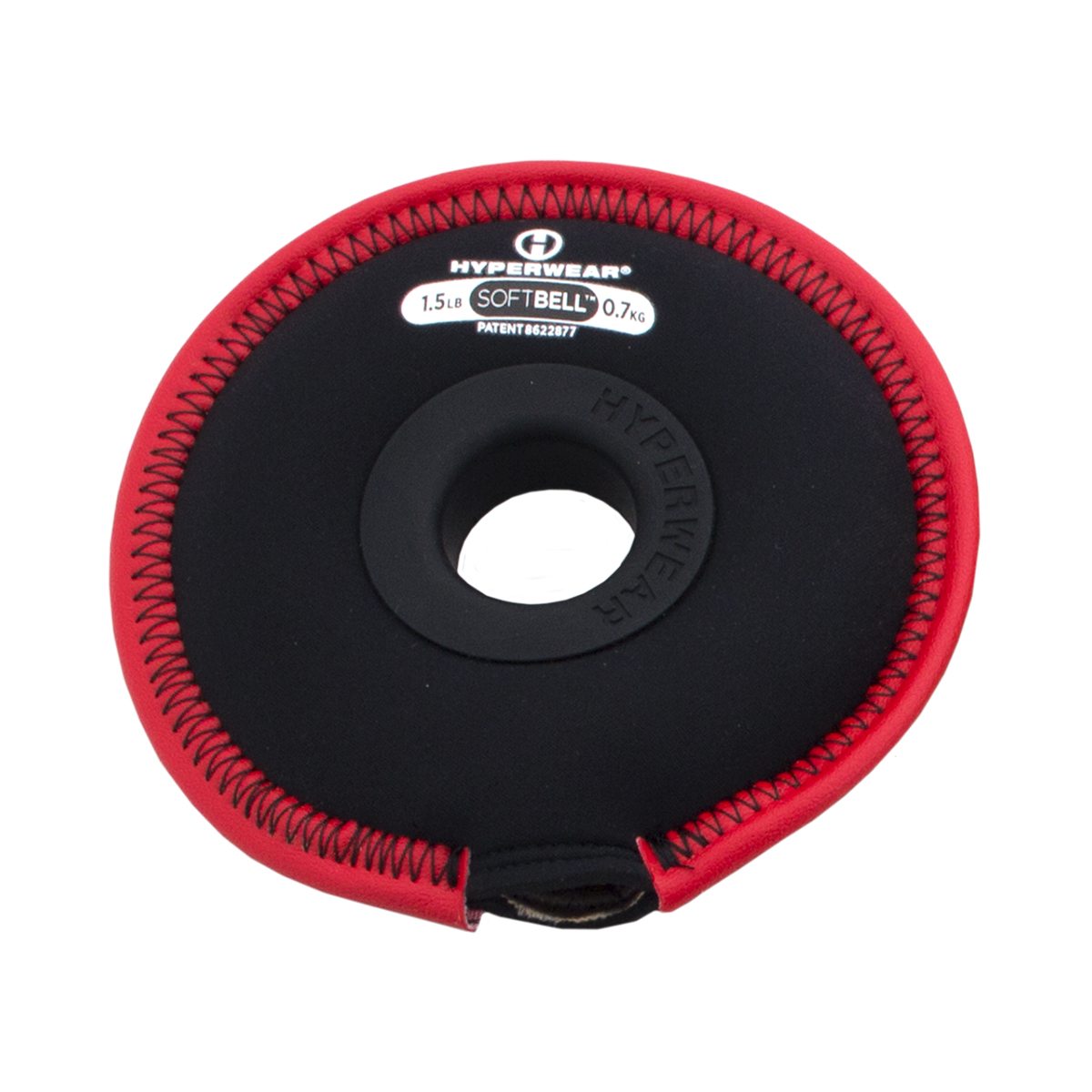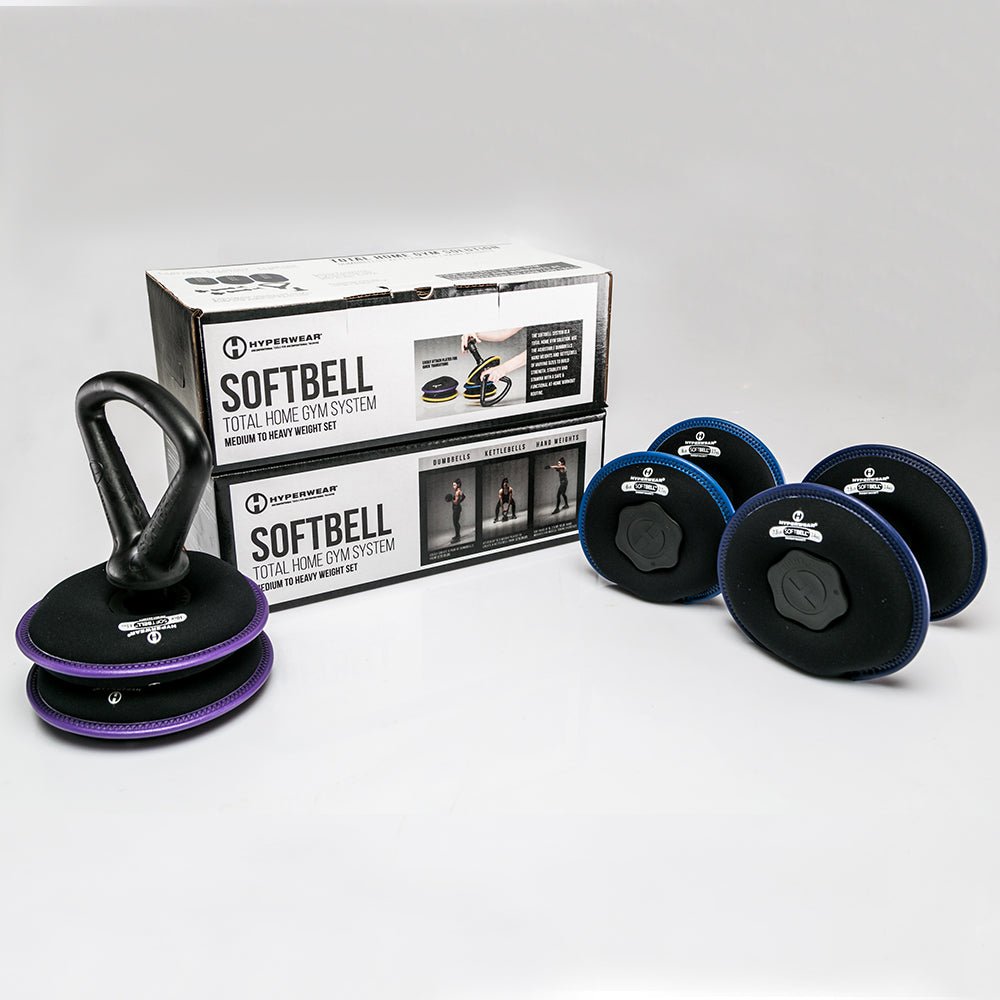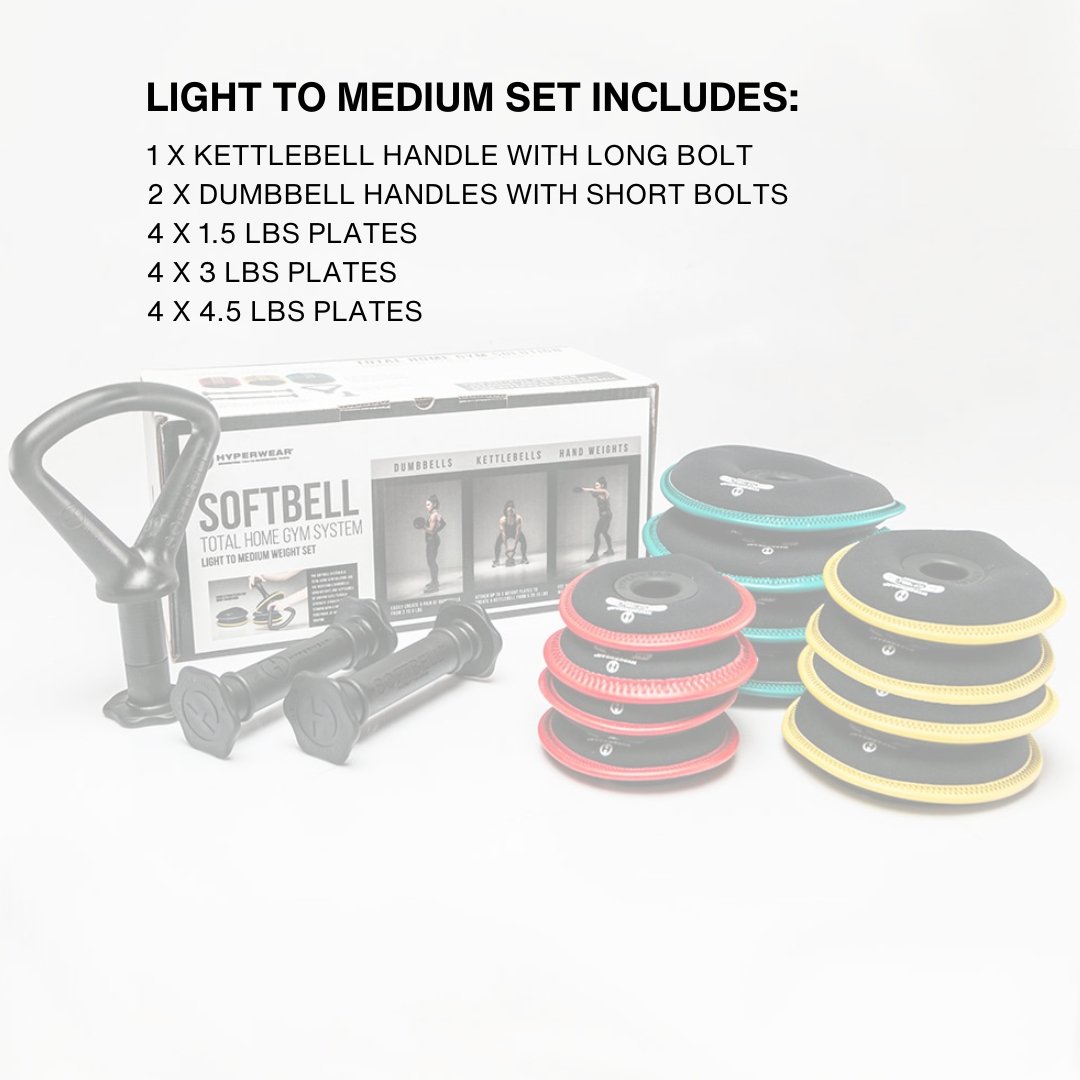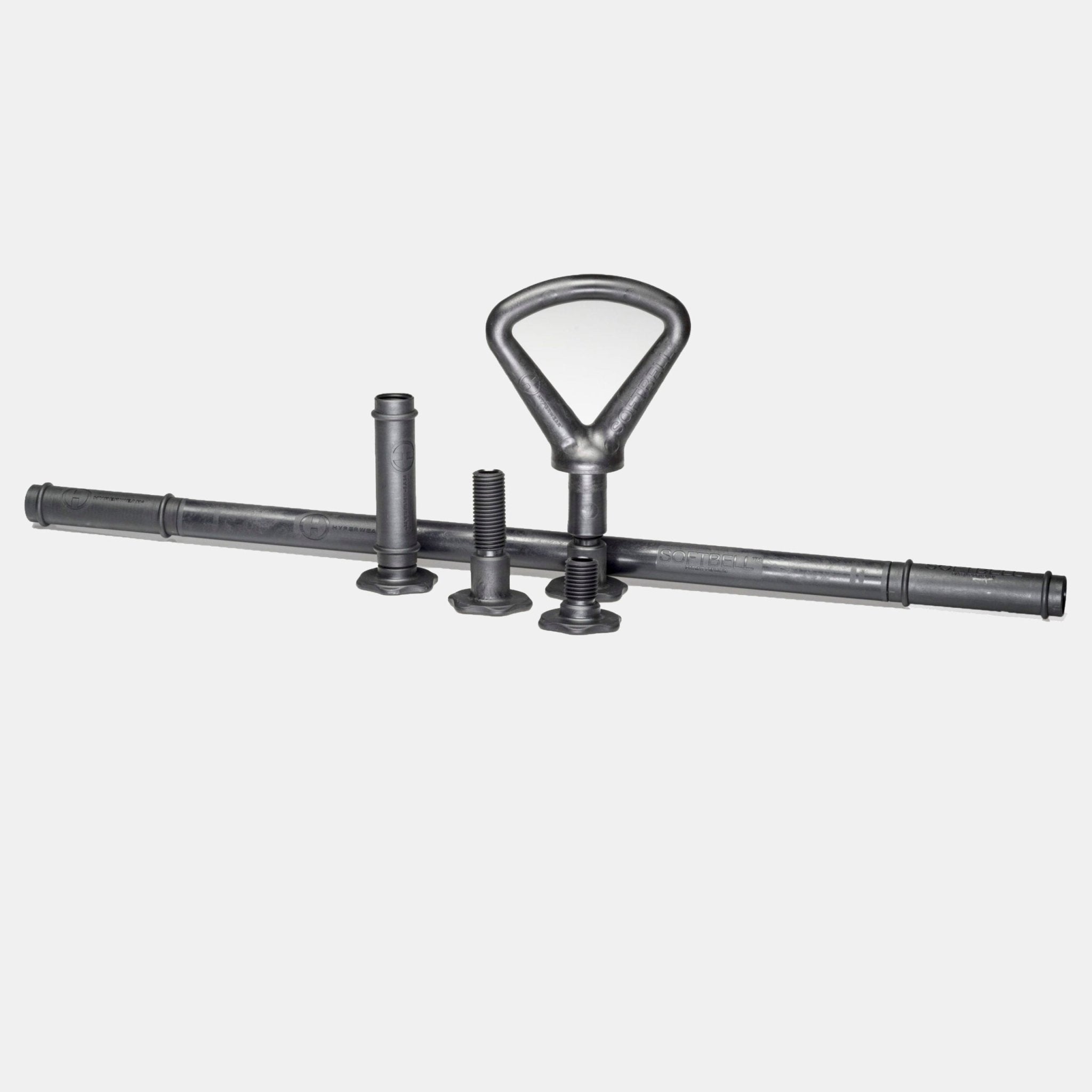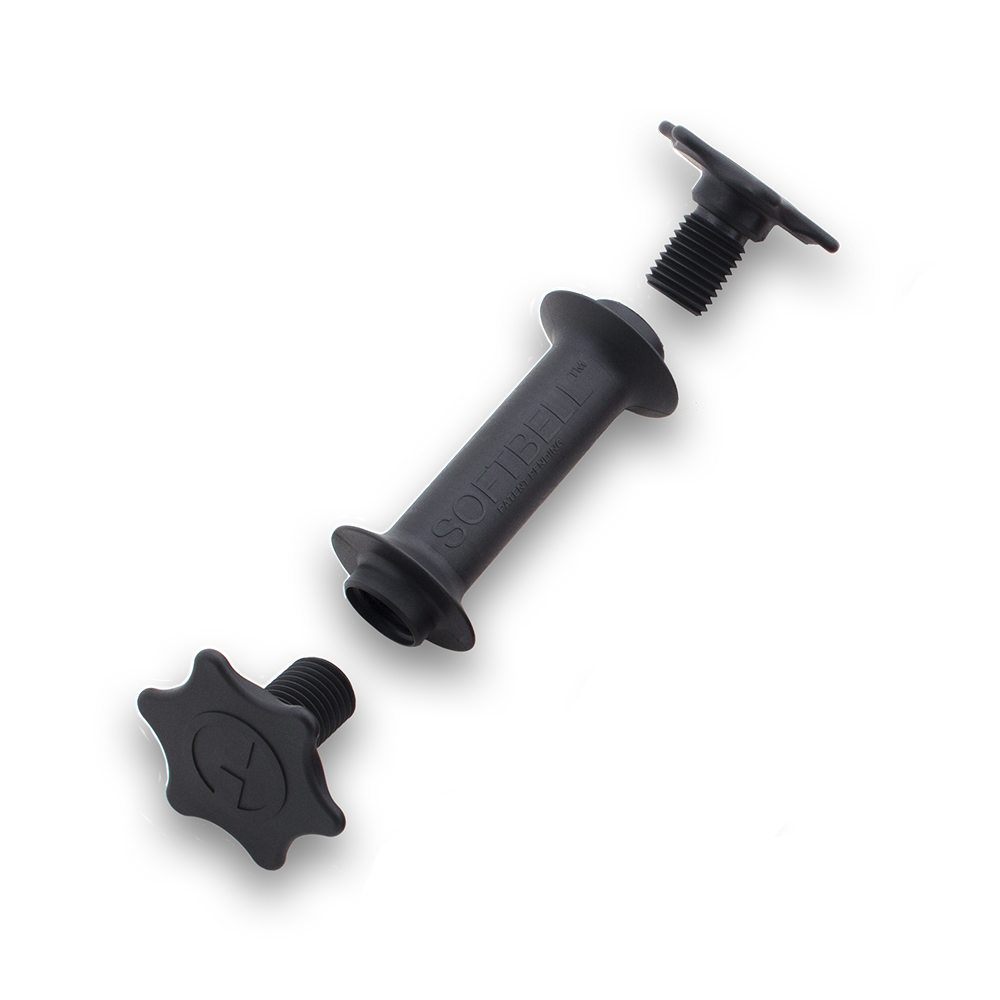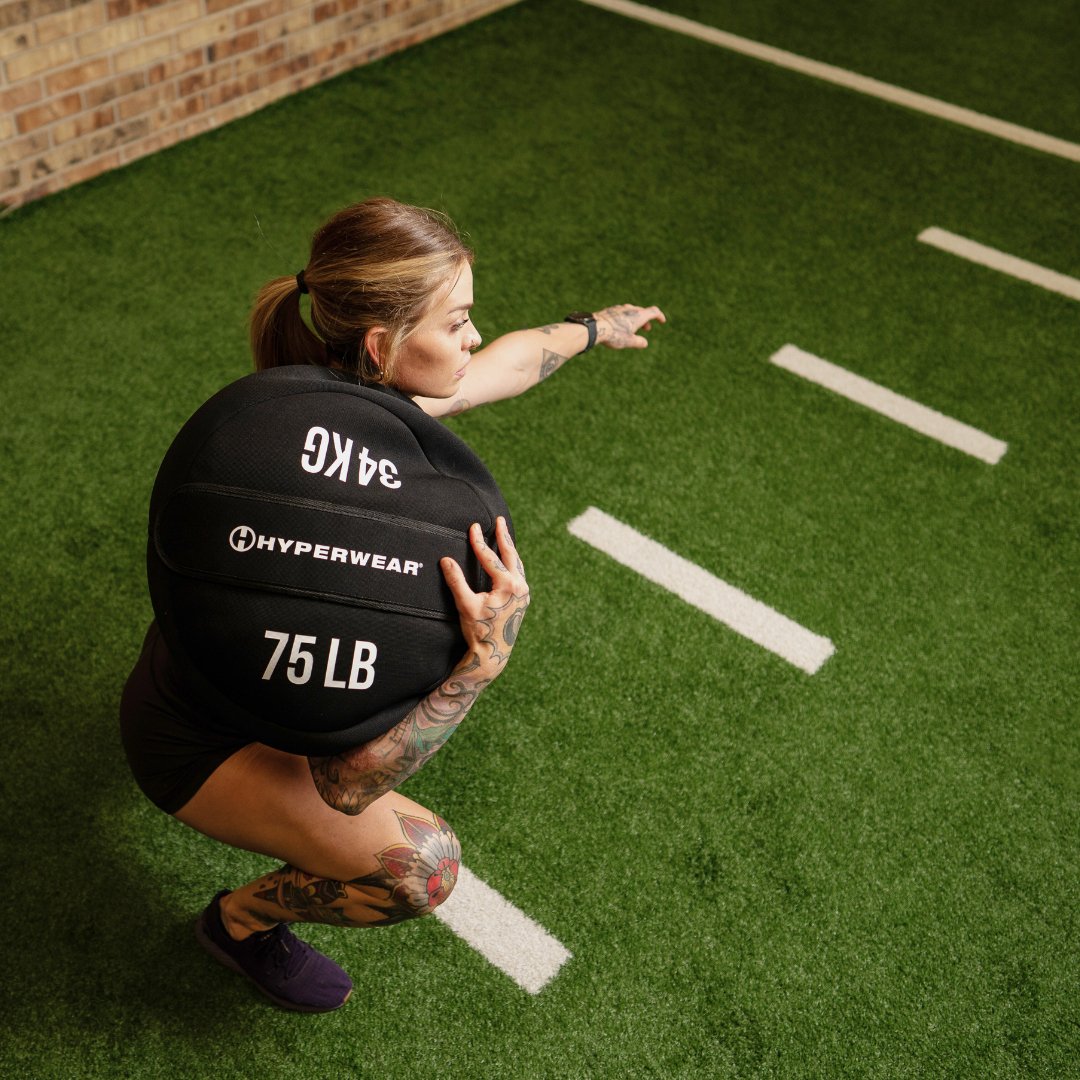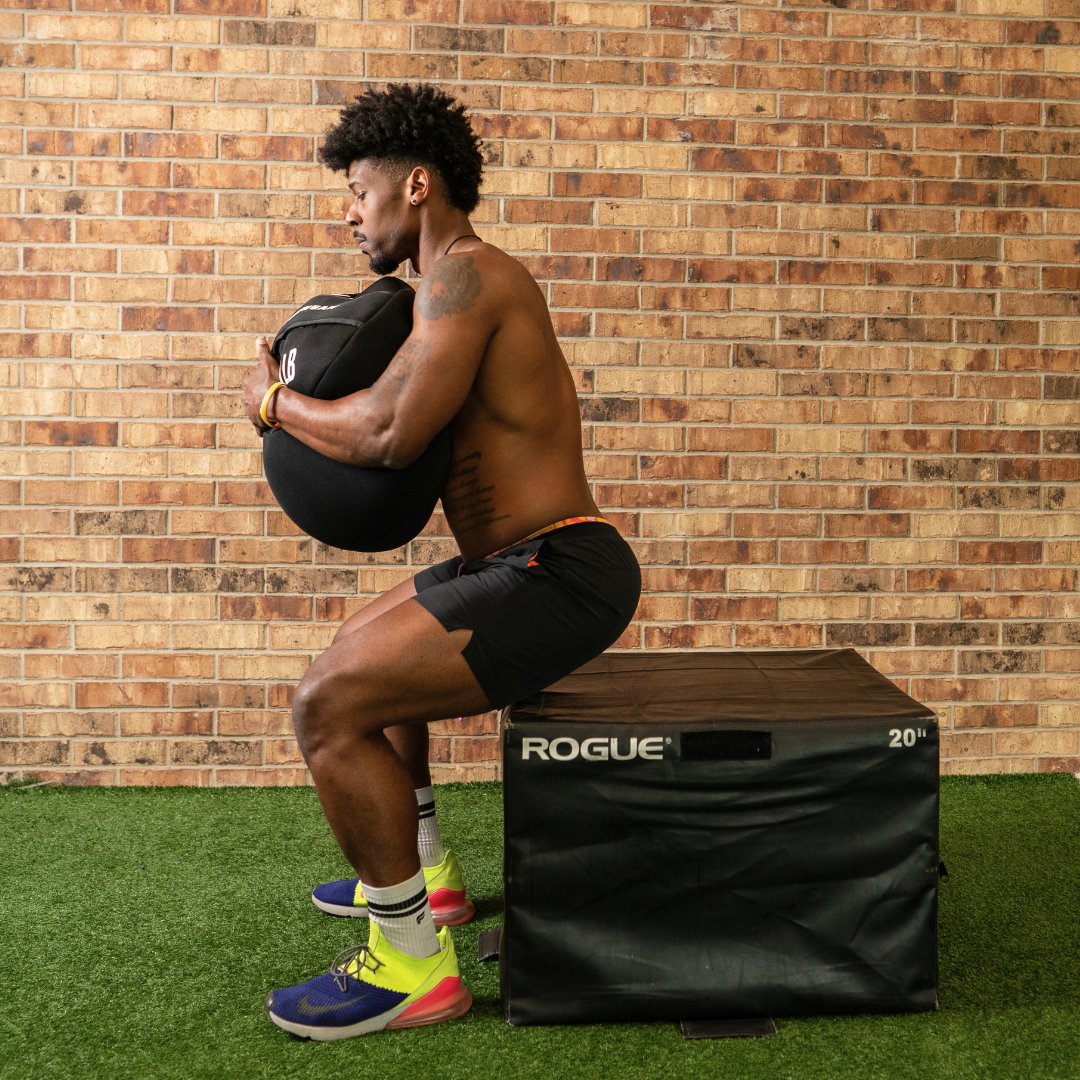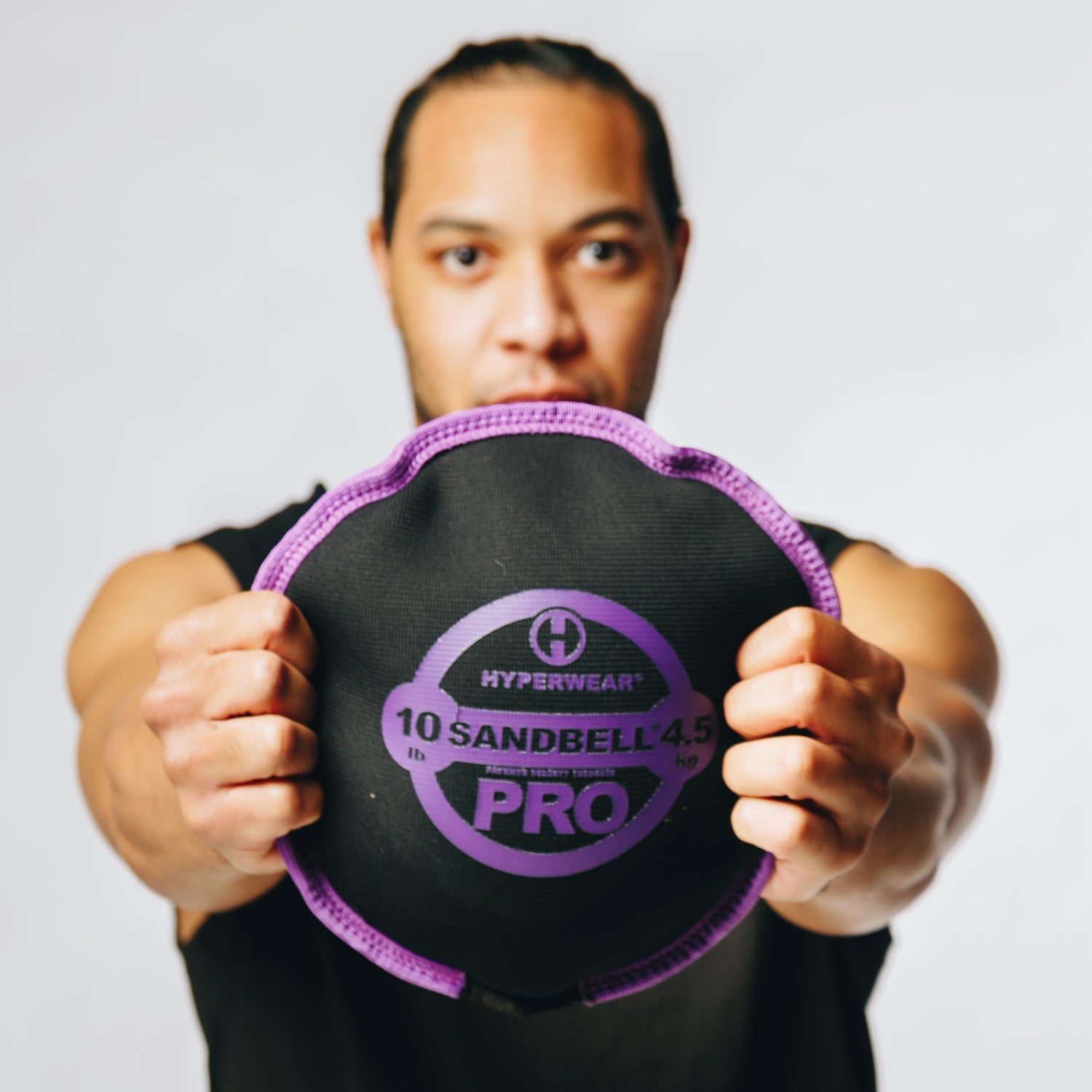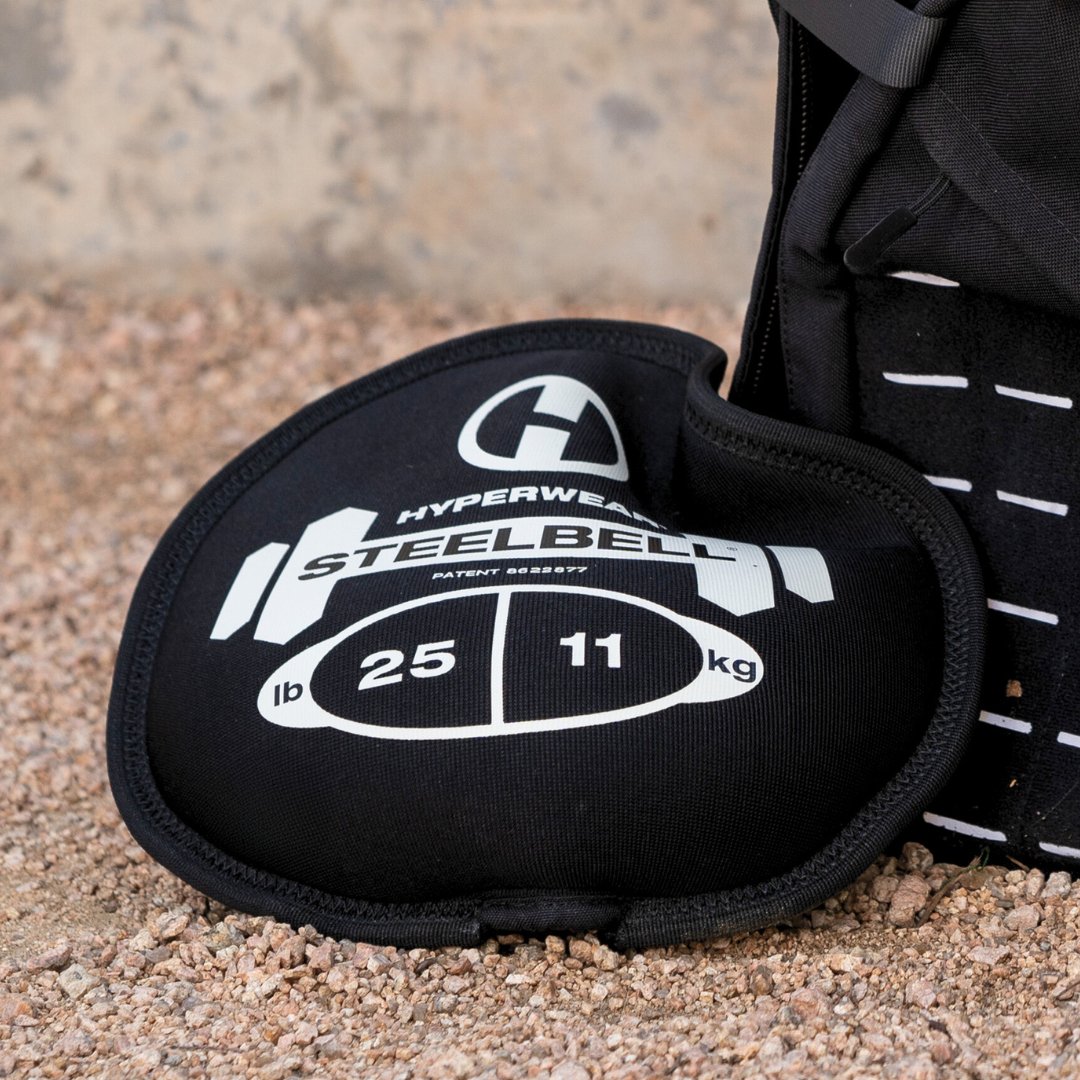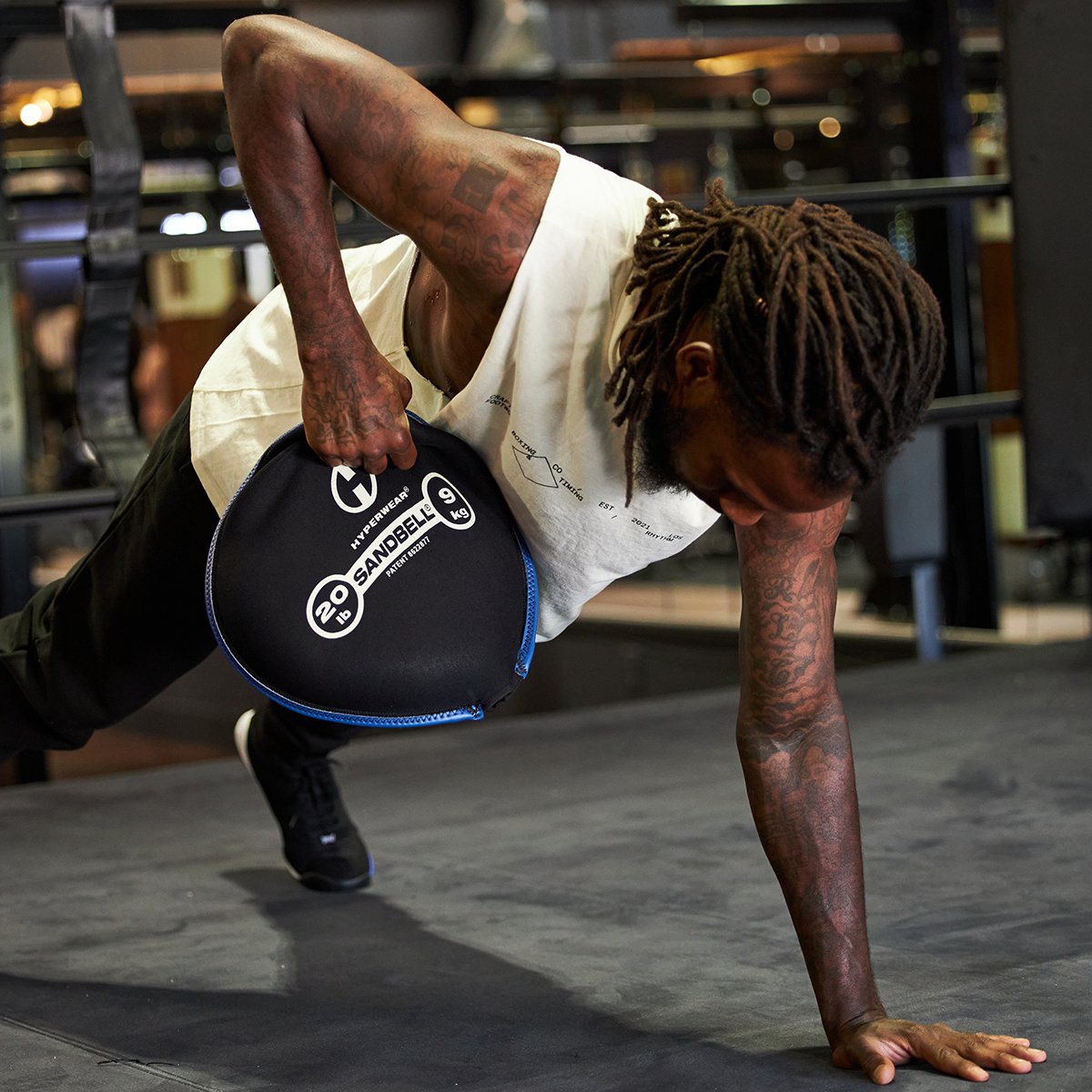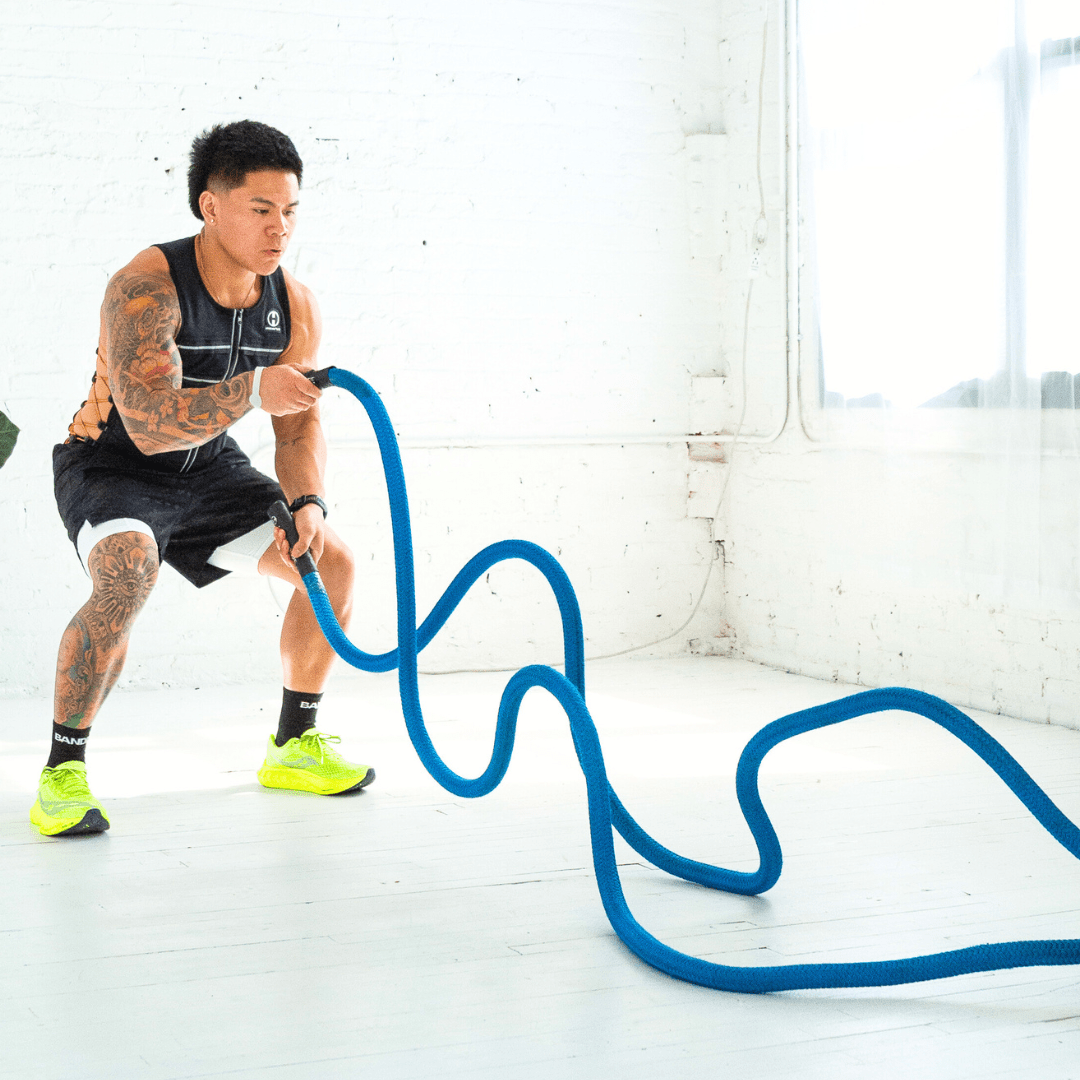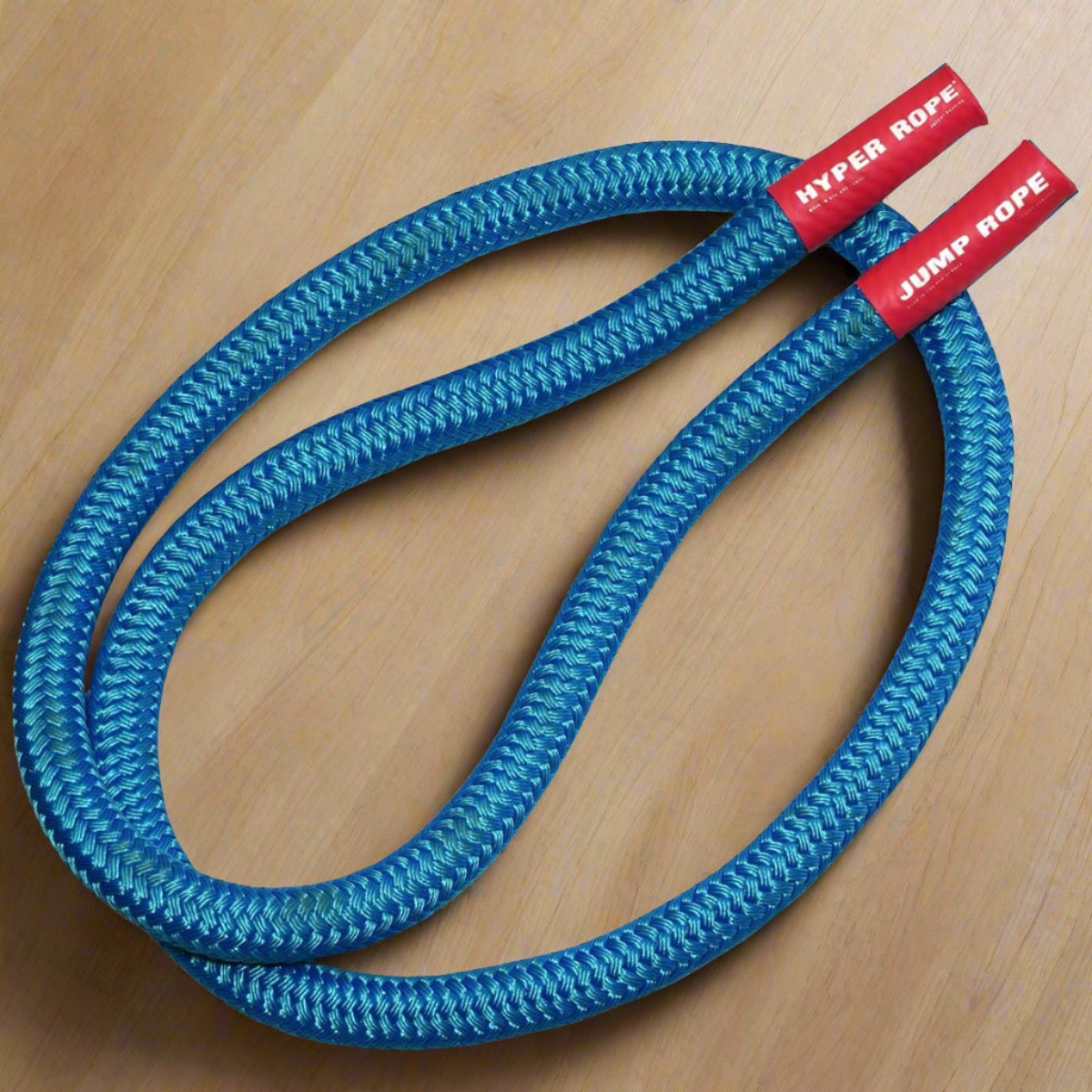Le rucking est une force fondamentale
Le rucking, la pratique de la marche avec un sac à dos lesté, est profondément ancrée dans l'histoire humaine. Les découvertes archéologiques, telles que les restes bien conservés d'Ötzi l'homme des glaces avec son sac à dos à cadre en bois, suggèrent que les humains transportent des charges sur leur dos depuis des millénaires. Le cadre du sac à dos d'Ötzi, datant d'environ 3300 avant J.-C., est le plus ancien ruck connu, mettant en valeur l'ingéniosité évolutive dans le port de charges. Lorsque nos ancêtres ont commencé à marcher debout, libérant leurs mains, ils ont également acquis l'avantage des chasseurs-cueilleurs de pouvoir porter avec leurs mains. Porter de lourdes charges à l'aide d'un sac à dos a été une autre avancée majeure. Aujourd'hui, nous faisons des exercices de rucking pour la force et la santé.
Les humains modernes perpétuent cette tradition avec le rucking, en combinant notre besoin évolutif de mouvement avec les pratiques de fitness contemporaines. Dans le monde sédentaire d'aujourd'hui, le rucking répond à de nombreux problèmes de santé, notamment l'obésité, les maladies cardiovasculaires, l'ostéoporose et les problèmes de santé mentale. Il s'agit d'un entraînement polyvalent à faible impact adapté à tous les niveaux de forme physique, offrant à la fois des avantages en termes d'aérobic et de musculation.
L'importance des entraînements de marche
Les modes de vie modernes conduisent souvent à des périodes prolongées d'inactivité, ce qui peut entraîner de nombreux problèmes de santé tels que la prise de poids, les maladies cardiaques et une mauvaise santé mentale. Le rucking est une solution pratique pour lutter contre ces problèmes, offrant des avantages tels qu'une meilleure santé cardiovasculaire, une densité osseuse accrue, un meilleur bien-être mental et une gestion efficace du poids.
Adaptation des séances de marche à pied à l'âge et au niveau de forme physique
Le rucking peut être adapté à différents âges et niveaux de forme physique. Voici comment vous pouvez personnaliser votre routine de rucking :
- Jeunes adultes (18-35 ans) : concentrez-vous sur le développement de l'endurance et de la force. Incorporez des séances de randonnée à haute intensité sur des terrains variés et avec des poids plus lourds.
- Âge moyen (35-55 ans) : équilibre entre le maintien de la santé cardiovasculaire et la force. Luttez contre les problèmes liés au vieillissement comme la perte osseuse (ostéopénie) et la perte musculaire (sarcopénie). Utilisez des poids modérés et combinez des séances d'entraînement à l'état stable et à intervalles réguliers.
- Seniors (55 ans et plus) : accordez la priorité à la santé des articulations, à la forme physique générale et à la santé mentale. Commencez avec des poids légers, concentrez-vous sur des terrains plats et augmentez progressivement l'intensité. Faites de la randonnée en plein air et avec des amis pour favoriser la longévité.
Quel que soit votre âge, commencez toujours avec un poids gérable et augmentez-le progressivement à mesure que votre force et votre endurance s'améliorent. Pour la plupart, les poids légers devraient représenter jusqu'à 10 % de votre poids corporel, et les poids lourds environ 30 % de votre poids corporel. Ajoutez des côtes, du tempo, de la cadence et des intervalles pour bénéficier des avantages d'un entraînement variable.
Entraînement de la fréquence cardiaque pour la marche
Comme pour tous les entraînements, l'entraînement de la fréquence cardiaque est un moyen efficace de surveiller et d'optimiser vos séances de rucking. Pour atteindre des zones de fréquence cardiaque plus élevées, augmentez votre poids avec des plaques de rucking, variez votre rythme et votre terrain pour inclure des collines. Faites attention à vos articulations si vous courez et apprenez le shuffle step pour un rucking à faible impact. Allez plus vite en augmentant votre rotation de foulées courtes au lieu d'allonger votre foulée. Voici des suggestions de zones de fréquence cardiaque à cibler pendant vos séances de rucking :
- Zone 1 (50-60% de la fréquence cardiaque maximale) : échauffement et récupération en marchant.
- Zone 2 (60-70 % de la fréquence cardiaque maximale) : marche légère et régulière pour développer l'endurance.
- Zone 3 (70-80 % de la fréquence cardiaque maximale) : Intensité modérée pour la capacité aérobique.
- Zone 4 (80-90 % de la fréquence cardiaque maximale) : course à pied par intervalles à haute intensité pour des bienfaits cardiovasculaires et de force.
- Zone 5 (90-100 % de la fréquence cardiaque maximale) : courtes périodes d'effort maximal, utilisées avec parcimonie pour les randonneurs avancés.
Utilisez un moniteur de fréquence cardiaque pour rester dans vos zones cibles et vous assurer de tirer le meilleur parti de vos séances d'entraînement. Vous avez besoin de plus d'informations sur les zones de fréquence cardiaque ? Essayez ce guide de la Cleveland Clinic sur les zones de fréquence cardiaque .
Programmes d'entraînement de randonnée pour tous les niveaux de forme physique
Plan de randonnée pour débutants
- Semaine 1-2 : Démarrage léger
- Fréquence : 3 fois par semaine
- Durée : 20-30 minutes
- Poids : 5 à 10 livres
- Terrain : Plat
- Zone de fréquence cardiaque : Zone 2
- Semaine 3-4 : Développer l'endurance
- Fréquence : 3 à 4 fois par semaine
- Durée : 30-40 minutes
- Poids : 10 à 15 livres
- Terrain : Plat à légères pentes
- Zone de fréquence cardiaque : Zone 2-3
Plan de randonnée intermédiaire
- Semaine 1-2 : Augmenter l'intensité
- Fréquence : 4 fois par semaine
- Durée : 40-50 minutes
- Poids : 15 à 20 lb
- Terrain : pentes mixtes
- Zone de fréquence cardiaque : Zone 3
- Semaine 3-4 : Améliorer la force
- Fréquence : 4 à 5 fois par semaine
- Durée : 50-60 minutes
- Poids : 20 à 25 lb
- Terrain : Varié
- Zone de fréquence cardiaque : Zone 3-4
Plan de randonnée avancé
- Semaine 1-2 : Haute intensité
- Fréquence : 5 fois par semaine
- Durée : 60-70 minutes
- Poids : 25-30 lb
- Terrain : vallonné
- Zone de fréquence cardiaque : Zone 4
- Semaine 3-4 : Effort maximal
- Fréquence : 5 à 6 fois par semaine
- Durée : 70-90 minutes
- Poids : 30-35 lb
- Terrain : Terrains difficiles
- Zone de fréquence cardiaque : Zone 4-5
Entraînement musculaire avec un sac à dos
Exercices avec Hyper Ruck™
Le sac à dos Hyper Ruck est doté de plusieurs poignées qui facilitent une gamme d'exercices de musculation, améliorant ainsi sa fonctionnalité au-delà du simple portage. Voici quelques exercices de base :
- Squats avec charge avant et arrière
- Utilisez les poignées à l'avant et à l'arrière du Hyper Ruck pour effectuer des squats, en engageant votre tronc et le bas du corps.
- Soulevés de terre
- Tenez les poignées inférieures pour effectuer des soulevés de terre, renforçant ainsi votre dos, vos ischio-jambiers et vos fessiers.
- Power Cleans et Presses
- Utilisez les poignées latérales pour soulever le sac du sol jusqu'à vos épaules, puis appuyez au-dessus de votre tête, en ciblant tout votre corps.
- Fentes chargées
- Effectuez des fentes tout en tenant le sac par la poignée supérieure, mettant ainsi à l'épreuve votre équilibre et la force de vos jambes.
- Balançoires avec kettlebell
- Saisissez la poignée inférieure et balancez le sac entre vos jambes et jusqu'à la hauteur des épaules, en travaillant vos hanches et le bas du dos.
Les bienfaits du running pour la santé
Obésité et perte de poids
La marche à pied brûle plus de calories que la marche, ce qui contribue à la gestion du poids et à la prévention de l'obésité. Le poids supplémentaire augmente l'intensité de l'entraînement, ce qui permet de perdre du poids plus efficacement.
Santé cardiovasculaire
Le poids supplémentaire augmente la demande cardiovasculaire, améliorant ainsi la santé cardiaque et l'endurance. La marche régulière peut réduire la tension artérielle, réduire le taux de mauvais cholestérol et diminuer le risque de maladie cardiaque.
Prévention de l'ostéoporose
Les exercices de port de poids comme le rucking augmentent la densité osseuse, réduisant ainsi le risque d'ostéoporose. La charge mécanique exercée sur les os pendant le rucking stimule la croissance et la solidité des os.
Prévention de la perte musculaire
L'entraînement musculaire atténue le processus de vieillissement qui entraîne une perte de masse et de fonction musculaire (sarcopénie). Nous perdons environ 3 à 8 % de masse musculaire par décennie après 30 ans.
Santé mentale
La nature rythmique de la marche, combinée aux activités de plein air, réduit le stress et améliore le bien-être mental. L'activité physique comme la marche libère des endorphines, qui aident à soulager l'anxiété et la dépression. On pense également que l'exercice est bénéfique pour la prévention ou la réduction des symptômes de la maladie d'Alzheimer.
Amélioration de la force musculaire et de l'endurance
Le rucking sollicite plusieurs groupes musculaires, notamment les jambes, le tronc, le dos et les épaules, renforçant ainsi la force et l'endurance globales.
Suivi de vos progrès en randonnée
Plusieurs applications peuvent vous aider à suivre vos séances de marche, à surveiller vos progrès et à rester motivé. Les applications dédiées à la marche commencent tout juste à émerger. Essayez d'utiliser une combinaison d'applications et de prendre des notes :
- Strava : suivez vos itinéraires de randonnée, la distance, le rythme et le dénivelé. Connectez-vous avec d'autres randonneurs pour vous motiver.
- MapMyWalk : enregistrez vos séances de randonnée, suivez vos statistiques et définissez des objectifs.
- Garmin Connect : synchronisez vos données de randonnée à partir d'appareils Garmin pour suivre votre fréquence cardiaque, votre distance et bien plus encore.
- Runtastic : suivez vos activités de randonnée, surveillez vos progrès et établissez des records personnels.
- Apple Fitness+ : bon suivi du rythme cardiaque. Utilisez le suivi de la marche.
Voyager avec des amis pour des bienfaits sur la santé mentale et la longévité
Faire du rucking avec un ami ou en groupe offre de nombreux avantages pour la santé mentale et la longévité. Des liens sociaux forts améliorent considérablement le bien-être mental et la santé physique, contribuant à augmenter l'espérance de vie. Les interactions sociales lors d'activités de groupe comme le rucking réduisent le stress et l'anxiété, améliorent l'humeur grâce à la libération d'endorphines et augmentent la motivation en procurant un sentiment de responsabilité et de soutien. De plus, l'exercice régulier en groupe aide à maintenir des habitudes de remise en forme à long terme, réduit le risque de maladies chroniques et favorise la résilience cognitive grâce à des conversations significatives et à un engagement cognitif. Par conséquent, le rucking en groupe rend non seulement l'activité plus agréable, mais favorise également une vie plus saine et plus longue. (Pour en savoir plus, consultez le site Web du NIH : « Social Relationships and Health: A Flashpoint for Health Policy »)
Pour profiter de ces avantages, recherchez un club de rucking local : rencontrez de nouvelles personnes, restez motivé et participez régulièrement à des séances d'entraînement en groupe. Par exemple, l' Austin Rucking Club offre une communauté accueillante pour les ruckers de tous niveaux. Ils organisent régulièrement des événements de rucking, fournissent soutien et encouragement et créent un sentiment de camaraderie entre les membres. Que vous soyez novice en rucking ou un passionné expérimenté, participer à un club de rucking local peut améliorer votre parcours de remise en forme et votre bien-être général.
Conclusion : Commencez votre aventure en randonnée dès aujourd'hui
Avant de commencer un nouveau programme de remise en forme, consultez votre médecin pour vous assurer qu'il est adapté à votre état de santé. Commencez avec des poids légers et augmentez progressivement la charge à mesure que votre force et votre endurance s'améliorent.
Adoptez la tradition du rucking avec le Hyper Ruck, conçu pour offrir un maximum de polyvalence et de confort. Prêt à améliorer votre parcours de remise en forme ? Découvrez le sac à dos de rucking Hyper Ruck de Hyperwear et commencez à faire du rucking dès aujourd'hui !

